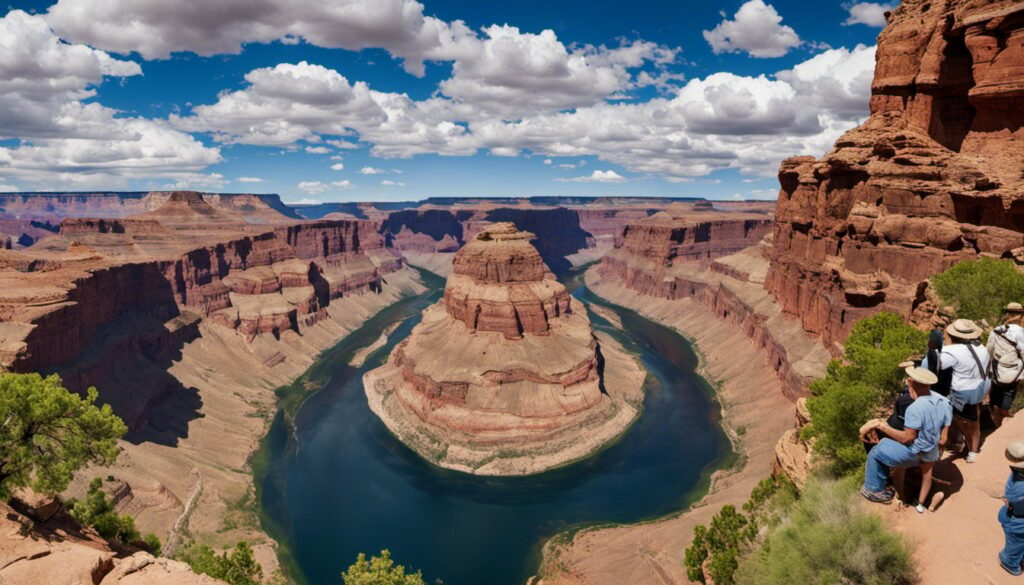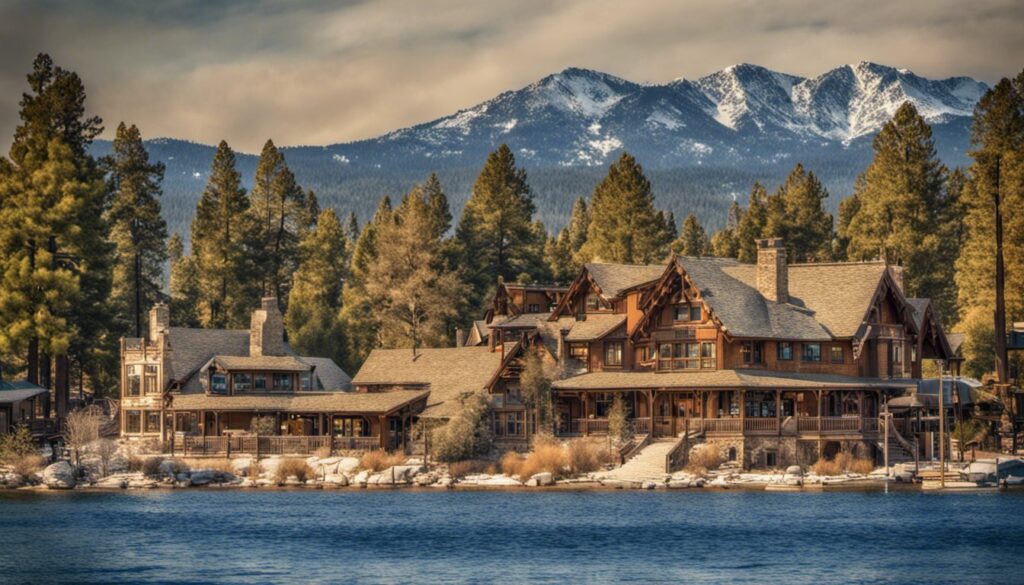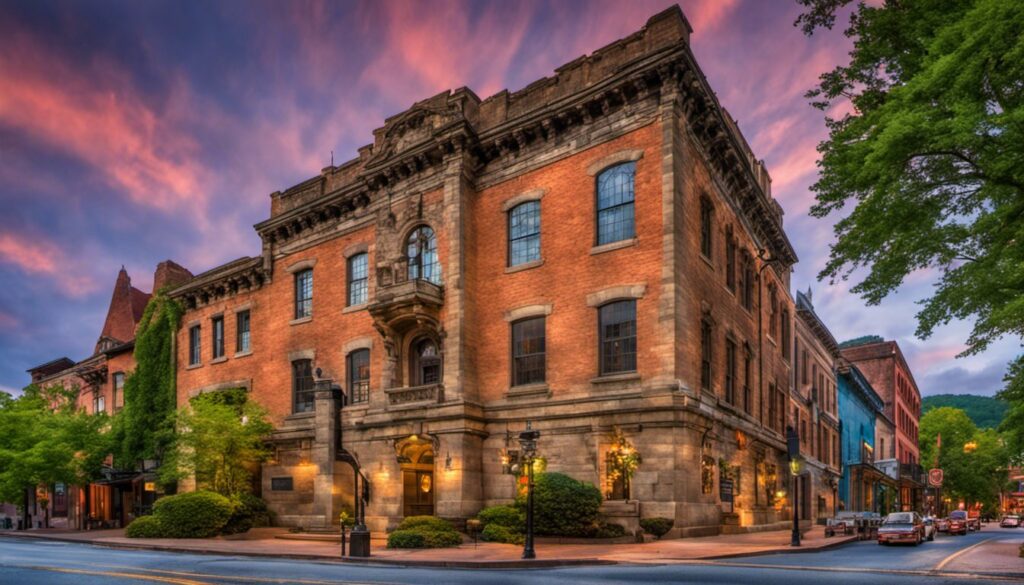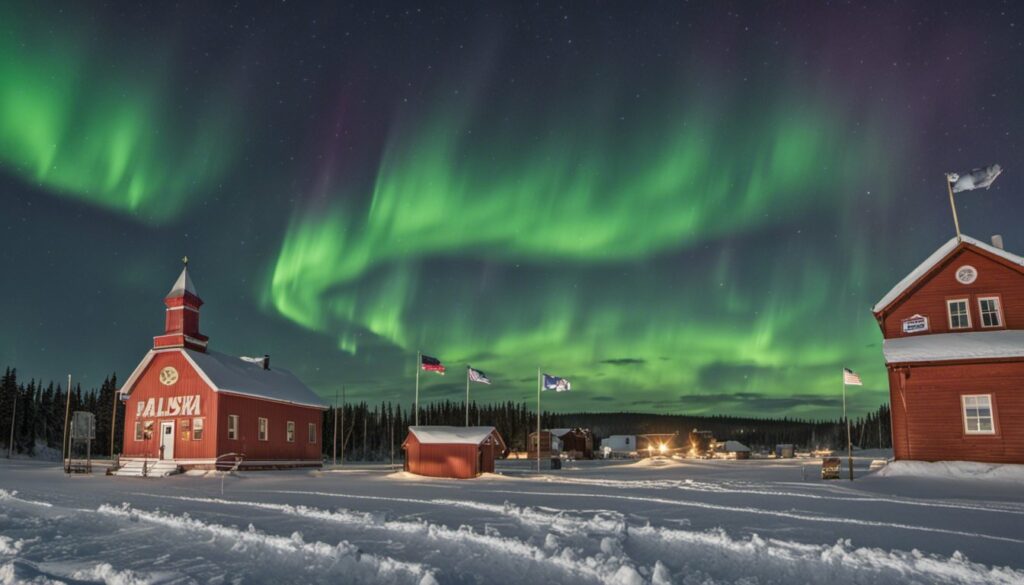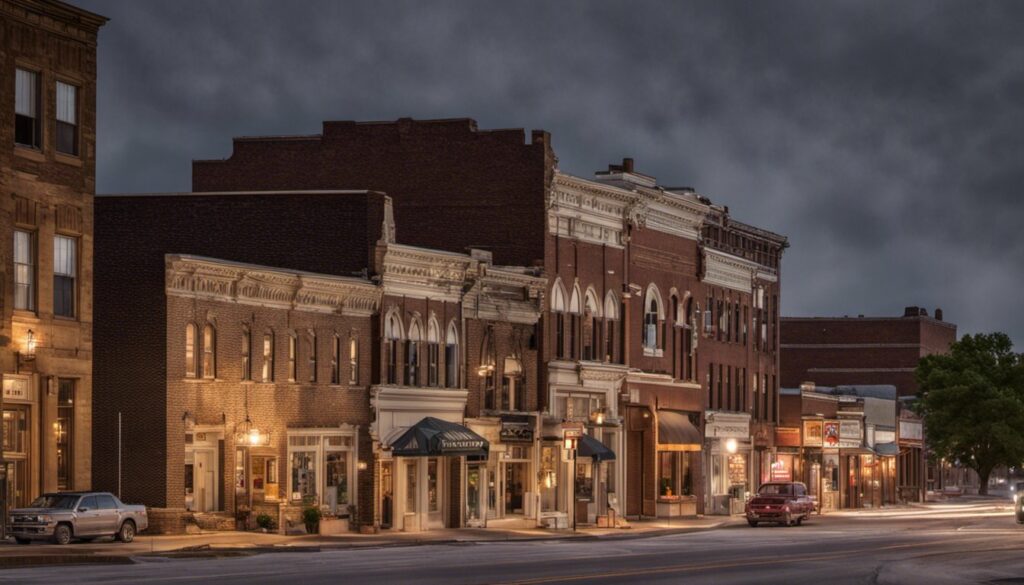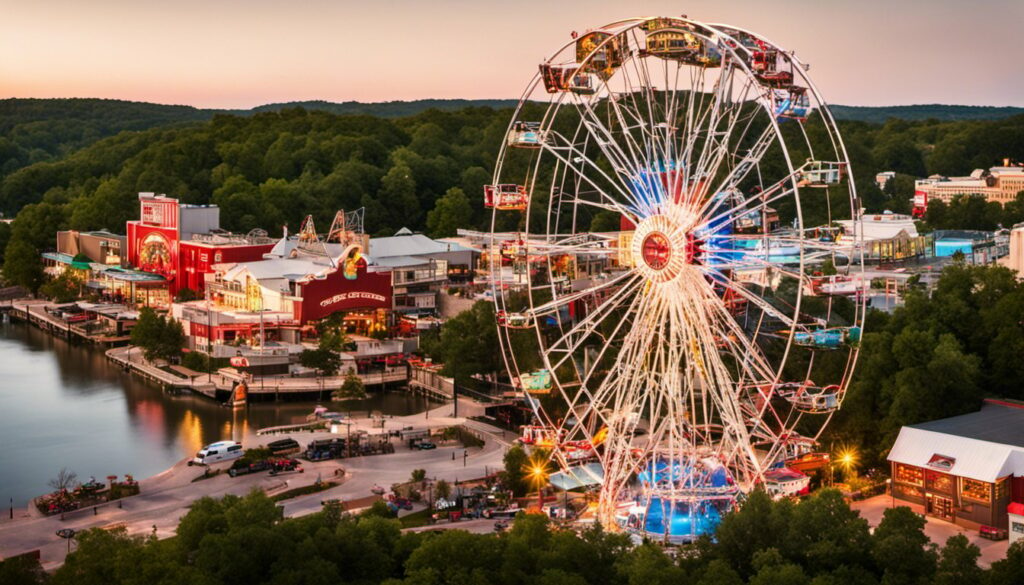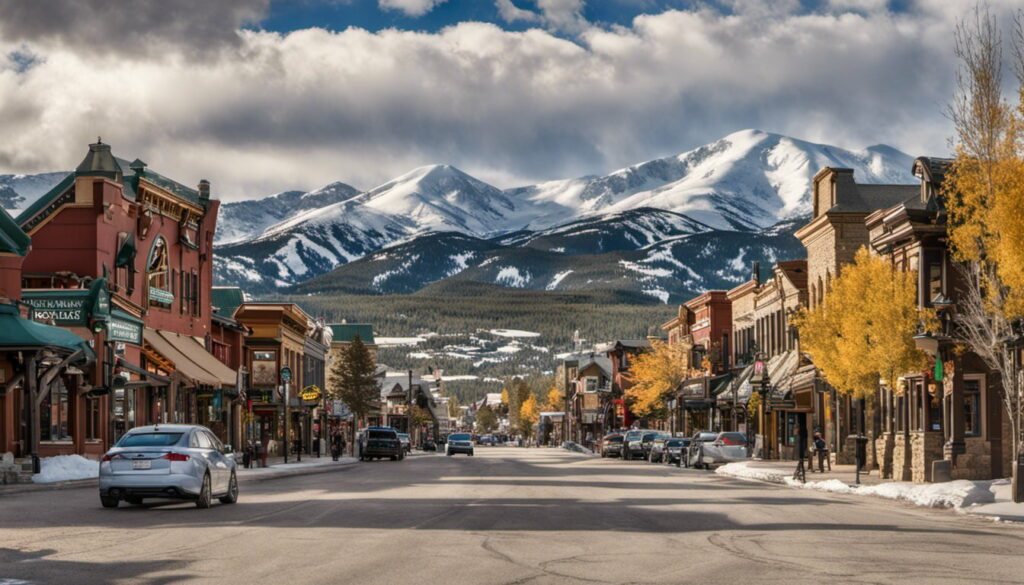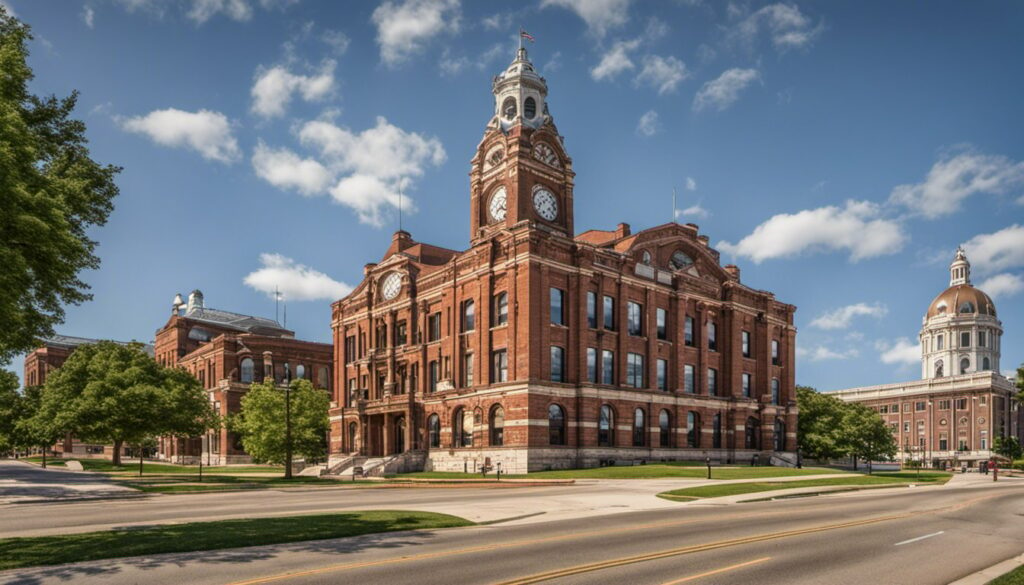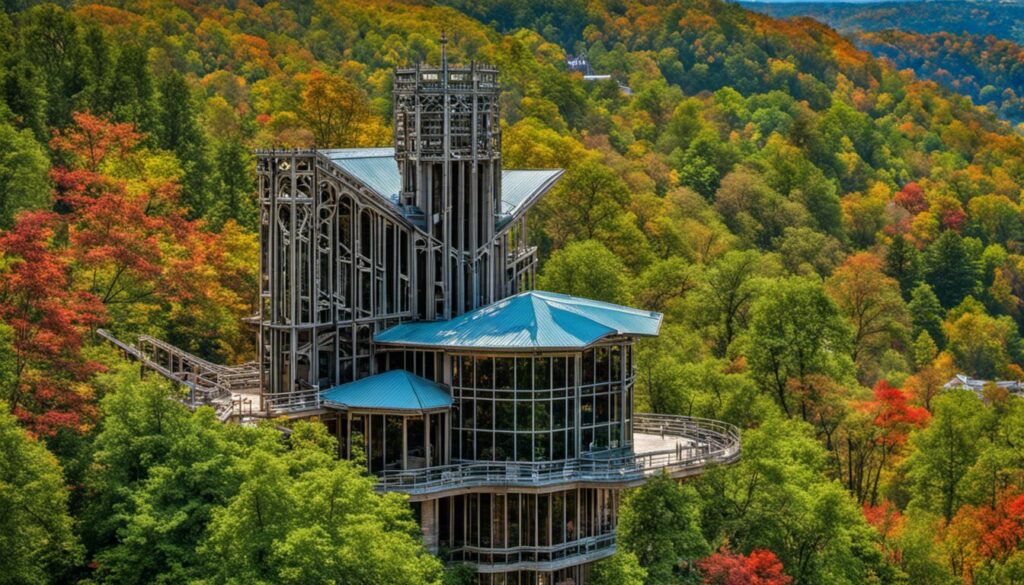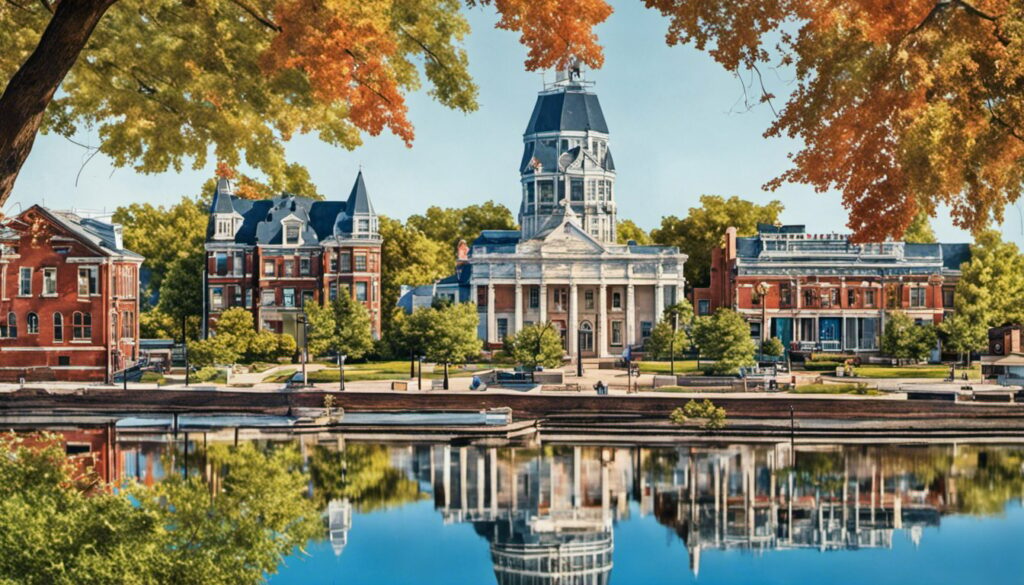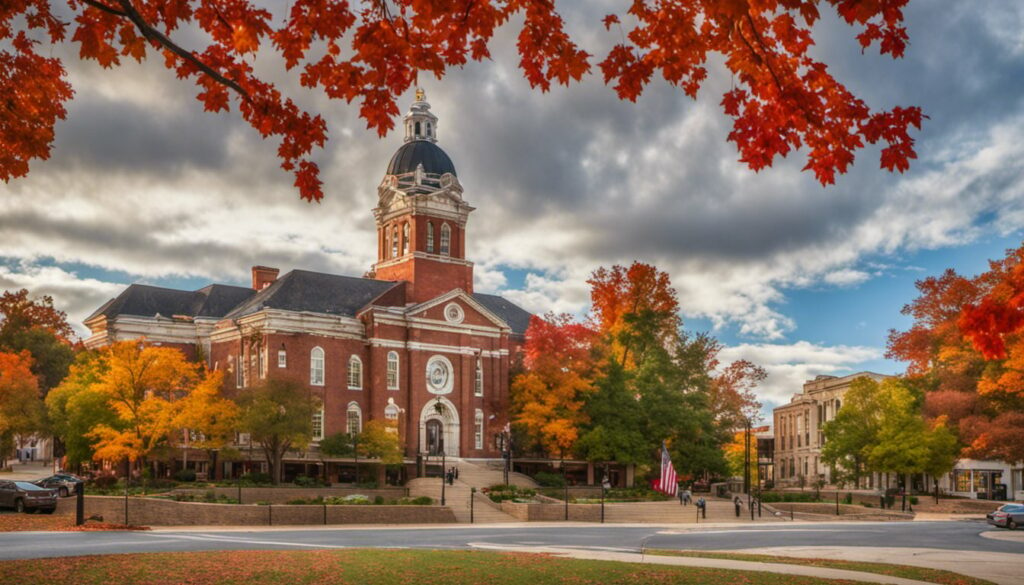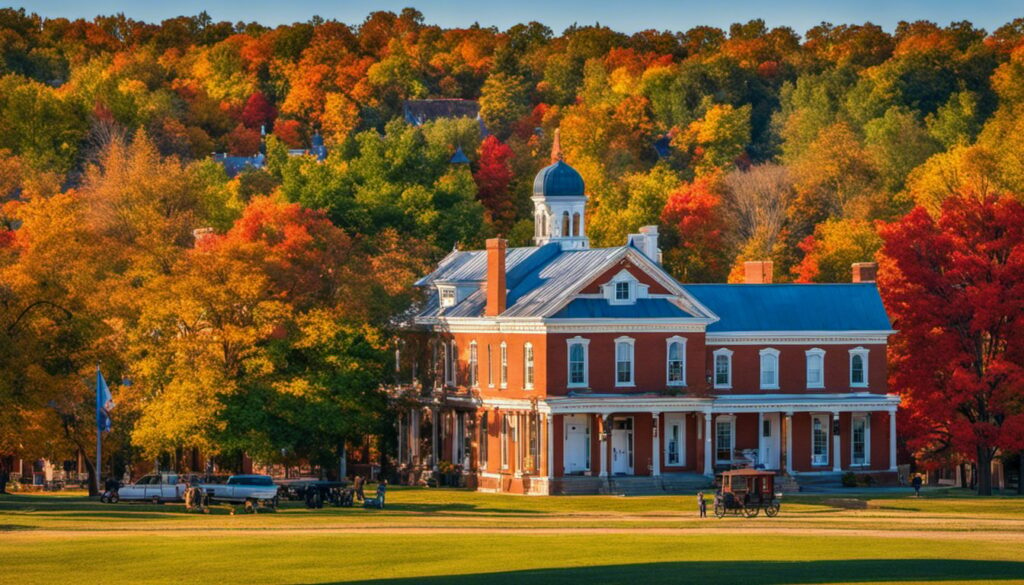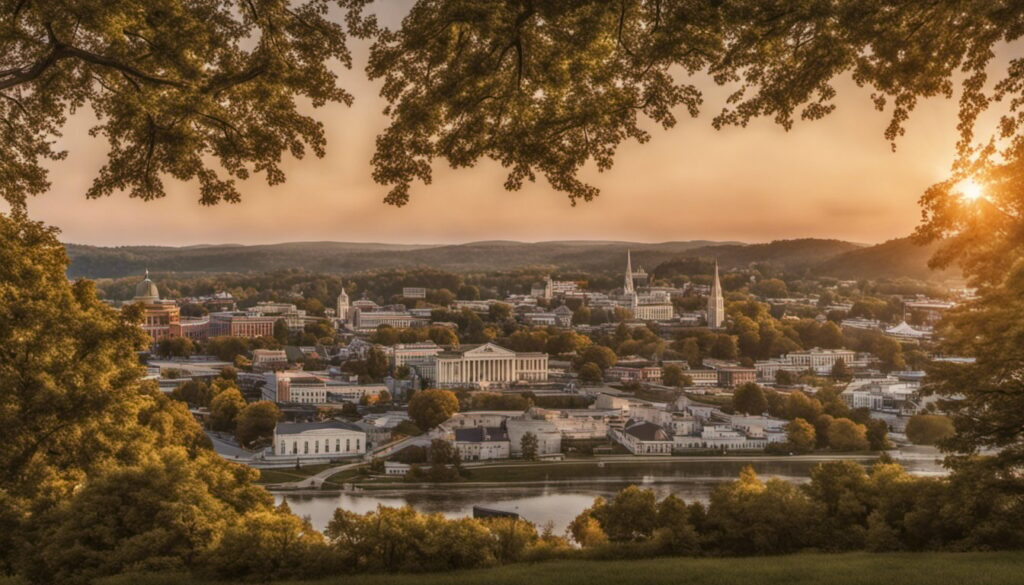Table Of Content
Explore Arizona’s Historical Sites and Famous Landmarks!
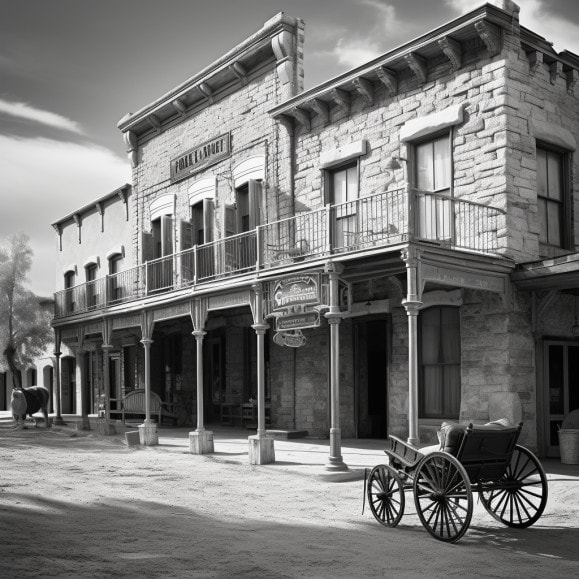
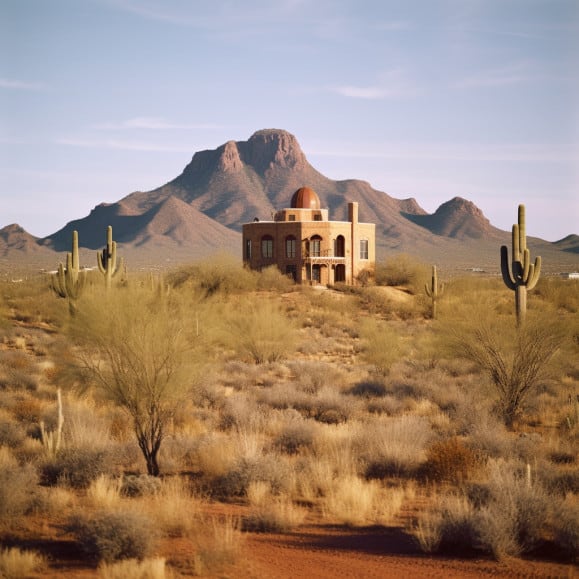
Are you planning a trip to Arizona? This southwestern state is home to a wealth of historical sites and famous landmarks that are sure to leave you awestruck. From the iconic Grand Canyon National Park to ancient ruins and historical sites, city landmarks, natural landmarks, cultural heritage, and state parks and recreation areas, Arizona has something for everyone.
If you’re a history buff, you’ll love exploring the ancient ruins and historical sites that dot the state’s landscape. From cliff dwellings to old mining towns, even the famous Meteor Crater, you’ll find a wealth of fascinating sites to explore. And if you’re looking to experience the state’s unique ecology, you won’t be disappointed. Arizona is home to some of the most breathtaking natural landmarks in the country, from the towering saguaro cacti to the stunning red rock formations of Sedona.
Whether you’re looking to explore the state’s cultural heritage or simply enjoy the great outdoors, Arizona has something for everyone. So why wait? Start planning your trip today and discover all that this incredible state has to offer.
Key Takeaways
- Arizona is home to a wealth of historical sites and famous landmarks.
- The state offers something for everyone, from ancient ruins and historical sites to natural landmarks and state parks.
- Whether you’re a history buff or an outdoor enthusiast, Arizona is the perfect destination for your next adventure.
Grand Canyon National Park
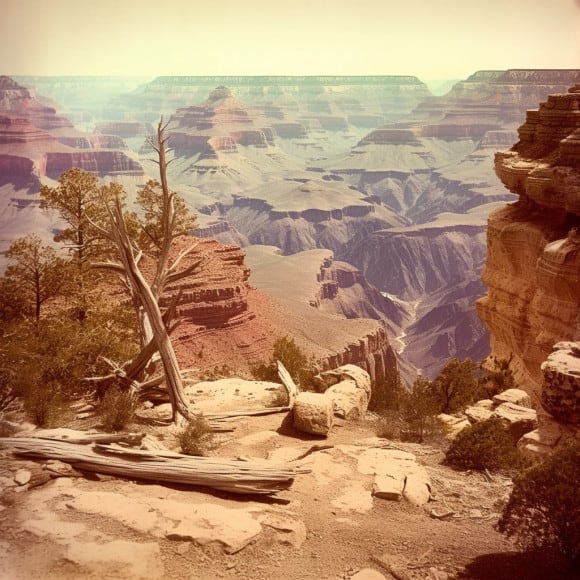
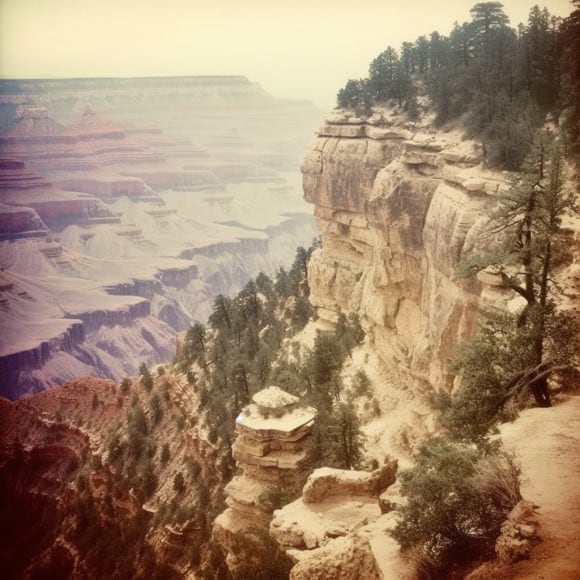
The Grand Canyon National Park is one of the most famous landmarks in Arizona, and for good reason. It is a beautiful and awe-inspiring sight that attracts millions of visitors each year. The park is home to both the South Rim and the North Rim, each offering a unique perspective of the canyon.
South Rim
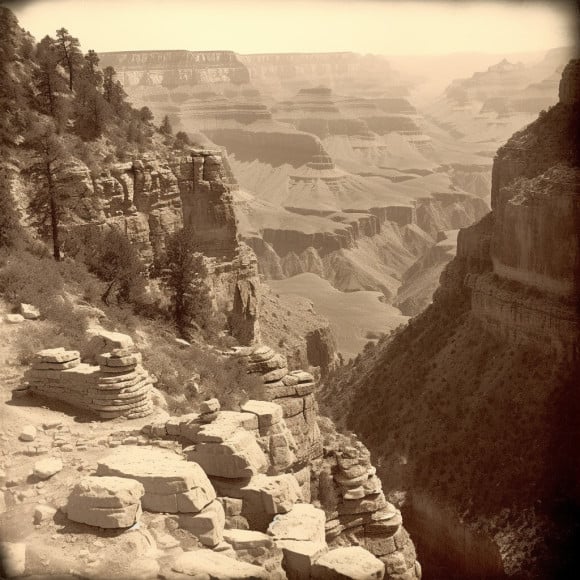
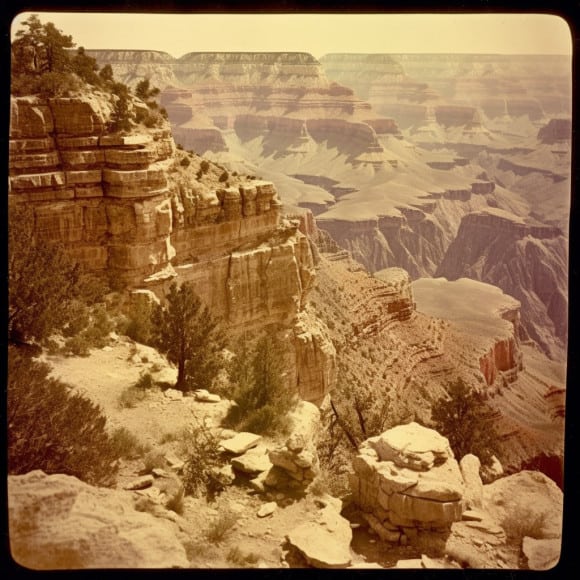
The South Rim is the most popular area of the Grand Canyon National Park. It is open year-round and offers a variety of activities for visitors. You can hike along the rim, take a mule ride, or simply enjoy the stunning views. The South Rim is also home to the Grand Canyon Village, which is a great place to stay if you want to explore the area.
North Rim
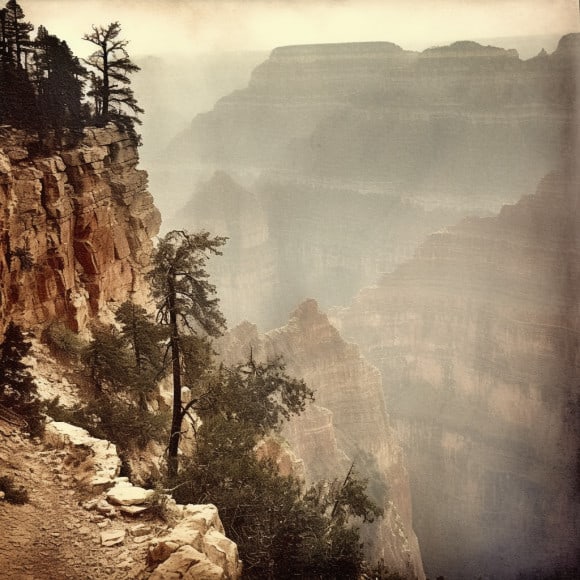
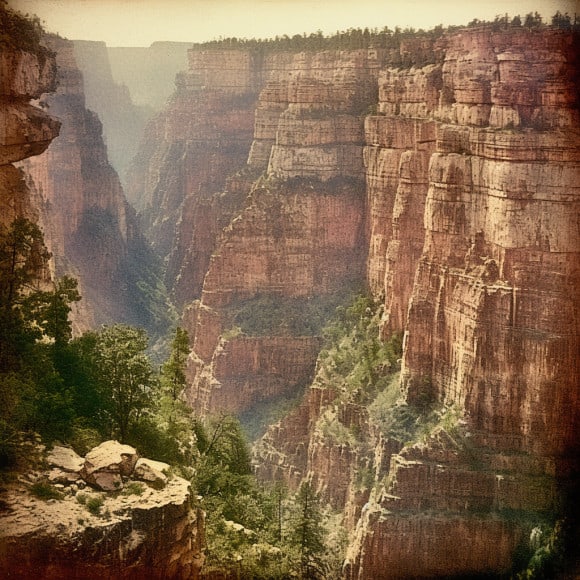
The North Rim is less crowded than the South Rim, but it is equally beautiful. It is only open from mid-May to mid-October, so plan accordingly. The North Rim offers a more remote and rugged experience, with fewer amenities than the South Rim. However, it is a great place to hike and explore the canyon.
Whether you visit the South Rim or the North Rim, the Grand Canyon National Park is a must-see attraction in Arizona. It is a testament to the power of nature and a reminder of the beauty that can be found in the world. So pack your bags, grab your hiking boots, and get ready for an adventure you will never forget.
Note: The Colorado River flows through the Grand Canyon, providing a stunning backdrop for your visit. The National Park Service manages the Grand Canyon National Park, ensuring that it is preserved for future generations to enjoy. The Grand Canyon State is proud to have this natural wonder within its borders.
Ancient Ruins and Historical Sites
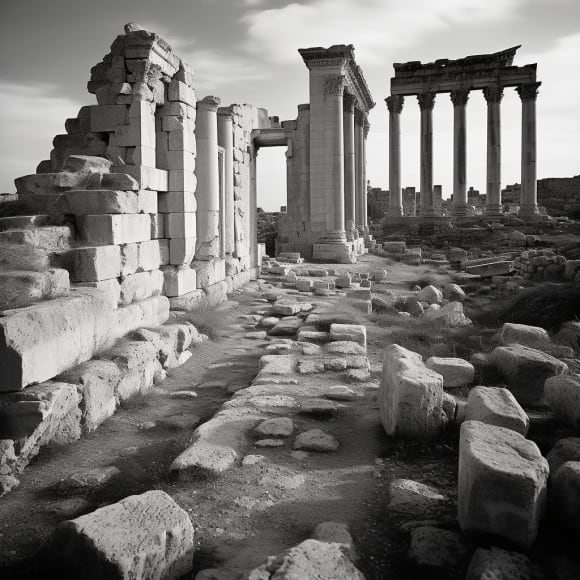
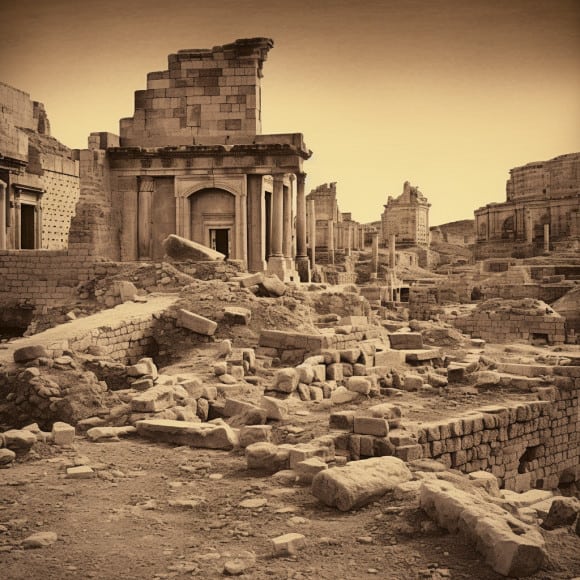
Arizona is home to many ancient ruins and historical sites that offer a glimpse into the state’s rich history. Here are some of the must-visit sites that you should add to your itinerary:
Montezuma Castle National Monument
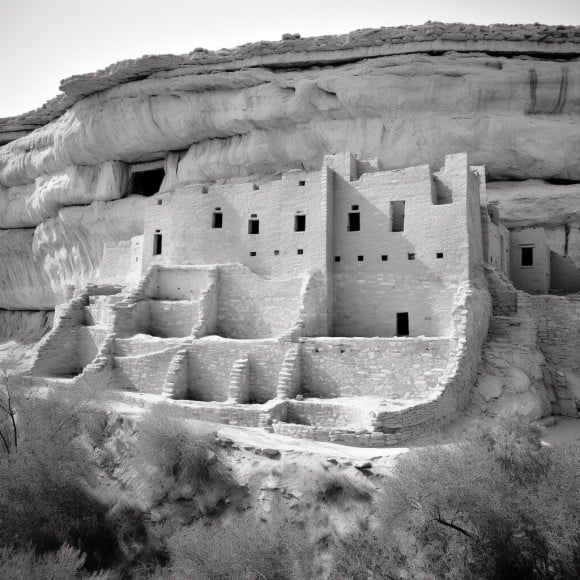
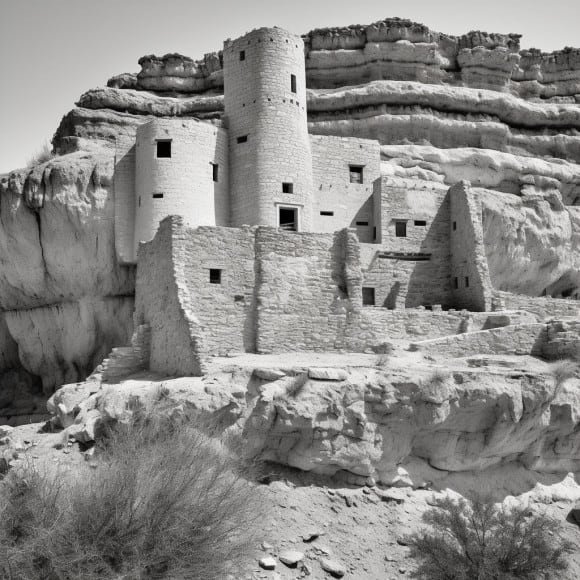
Montezuma Castle National Monument is one of the most well-preserved ancient cliff dwellings in North America. This 20-room structure was built by the Sinagua people over 600 years ago and is located in the Verde Valley. You can take a self-guided tour of the site and learn about the history and culture of the Sinagua people.
Fort Bowie National Historic Site
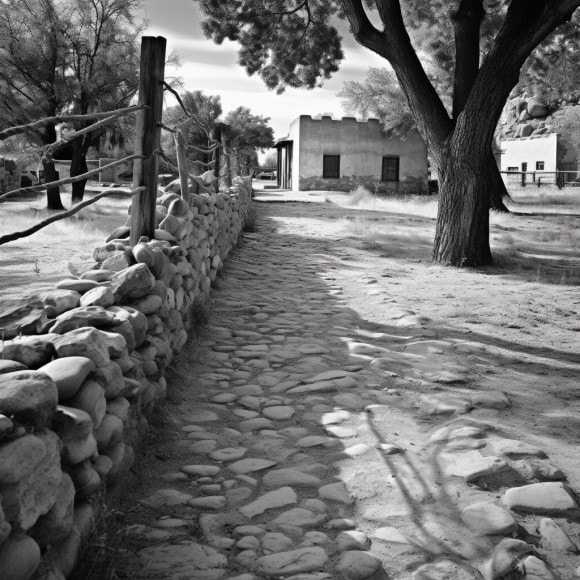
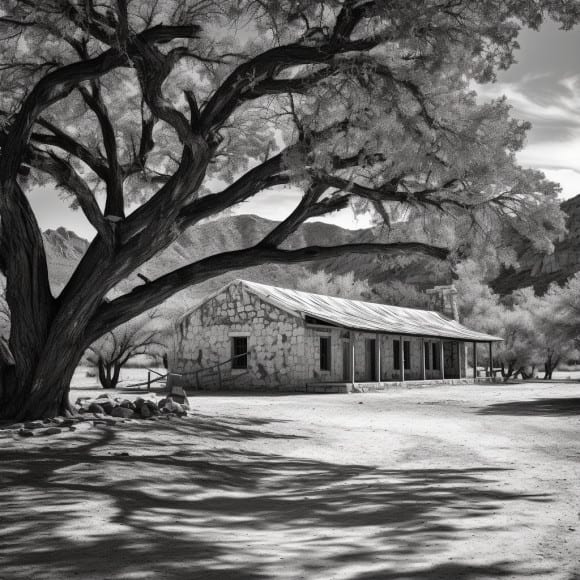
Fort Bowie National Historic Site is located in Bowie and was established in 1862 to protect settlers and travelers from Apache attacks. The site played a crucial role in the Apache Wars and is now a popular destination for history buffs.
Hubbell Trading Post National Historic Site
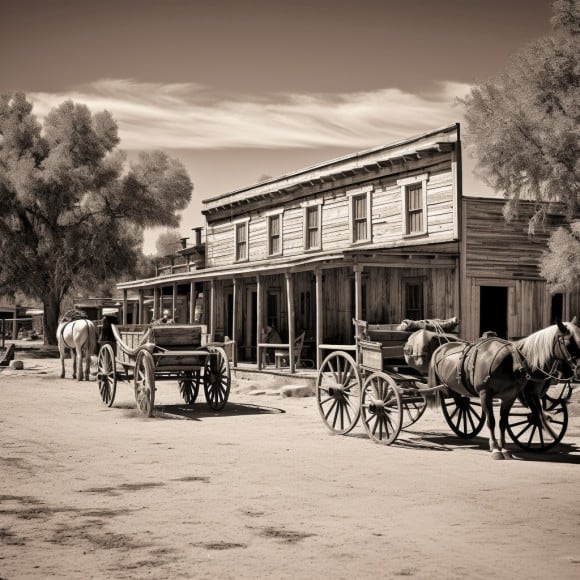
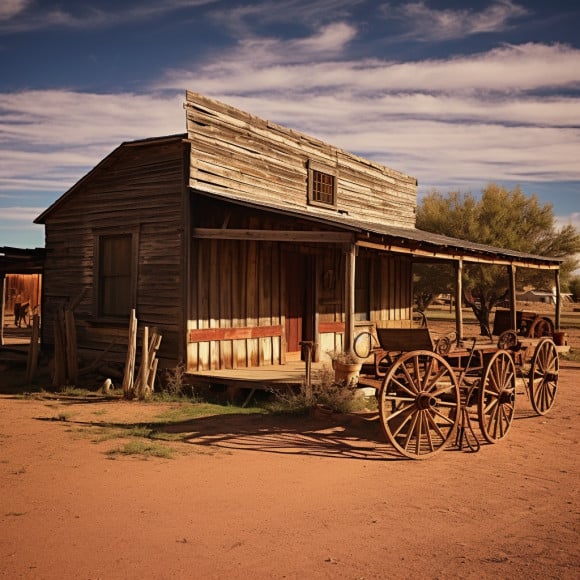
Hubbell Trading Post National Historic Site is a must-visit for anyone interested in the history of the Old West. This historic trading post was established in 1878 and served as a hub for trade between Native Americans and settlers. Today, you can take a guided tour of the site and learn about the history of the trading post and the people who lived and worked there.
Pueblo Grande Museum
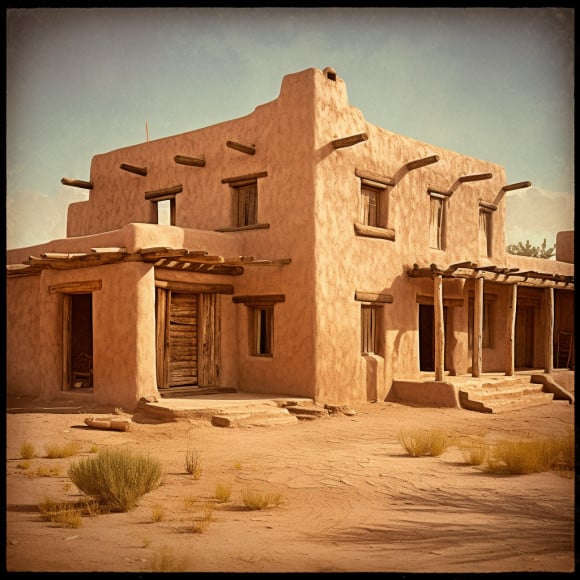
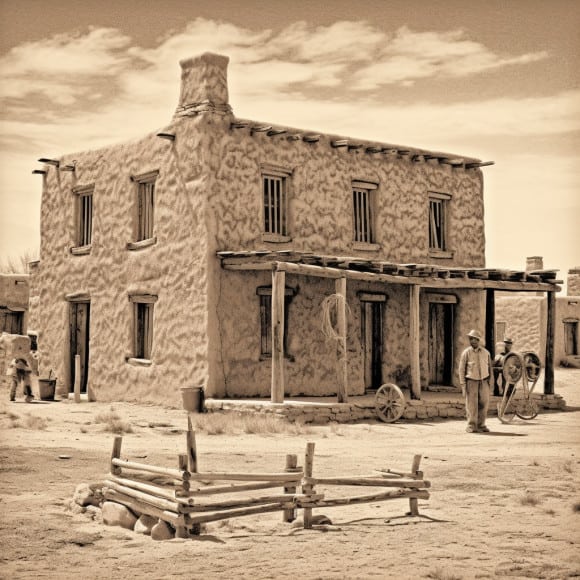
Pueblo Grande Museum is located in Phoenix and is home to a 1,500-year-old Hohokam village. The museum features exhibits on the history and culture of the Hohokam people and offers guided tours of the site.
Jerome Historic District

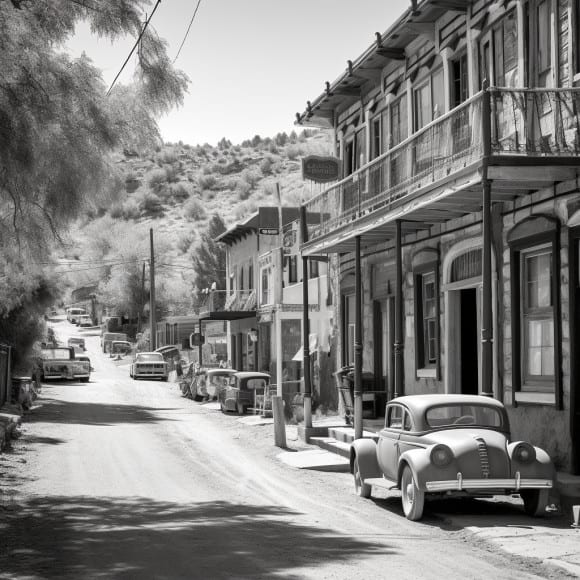
Jerome Historic District is a former mining boomtown that is now a popular tourist destination. The town is located on the side of Cleopatra Hill and offers stunning views of the surrounding area. You can take a guided tour of the town and learn about its history and culture.
Tombstone Historical District
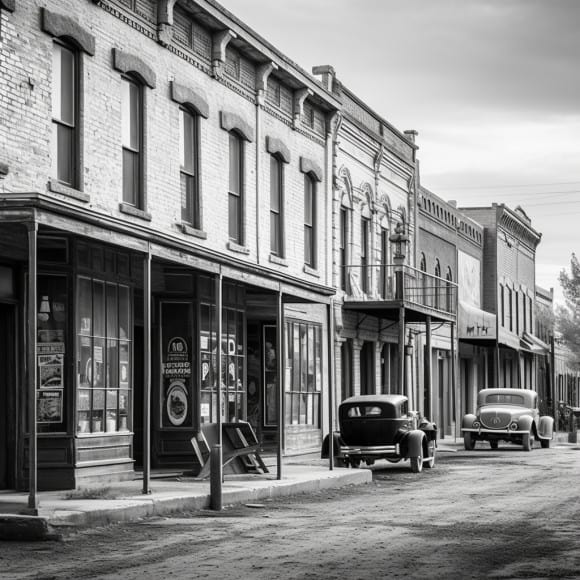
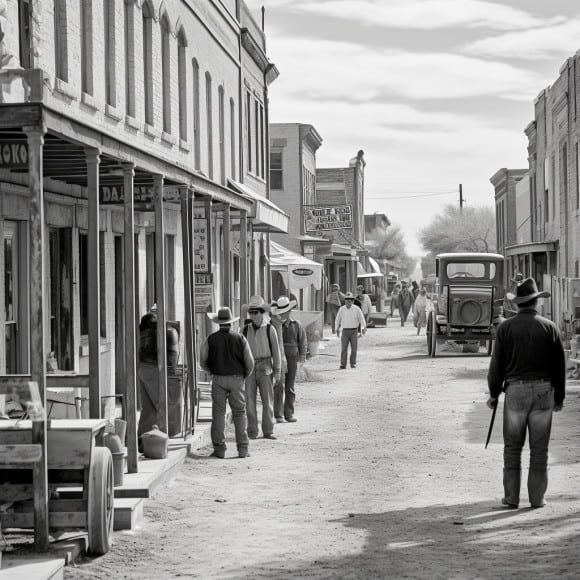
Tombstone Historical District is a must-visit for anyone interested in the Old West. This former mining town is home to many historic buildings and landmarks, including the famous OK Corral. You can take a guided tour of the town and learn about its history and culture.
Arizona is home to many other historic sites and landmarks, including Hoover Dam, San Xavier del Bac, and the Petrified Forest National Park. Whether you’re interested in ancient ruins, Spanish missions, or mining boomtowns, there’s something for everyone in Arizona.
City Landmarks
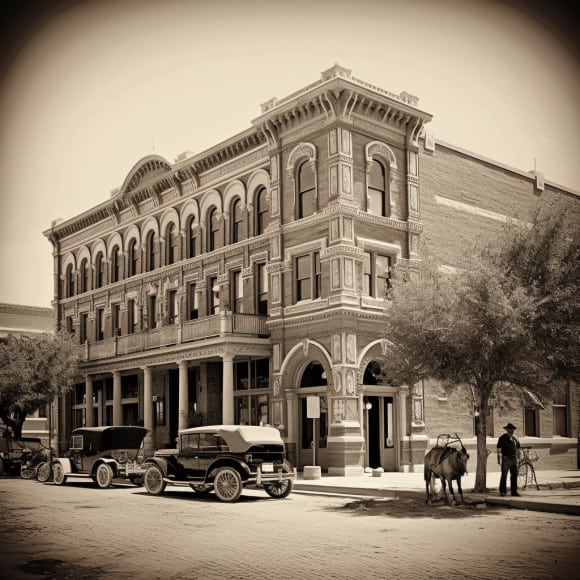
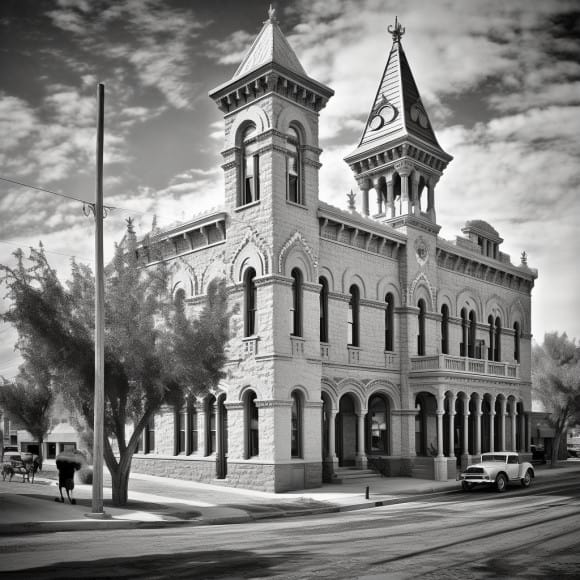
Arizona is home to many cities that are rich in history and culture. Each city has its own unique landmarks that are worth visiting. Here are some of the most famous landmarks in Phoenix, Tucson, Scottsdale, Flagstaff, and Yuma.
Phoenix
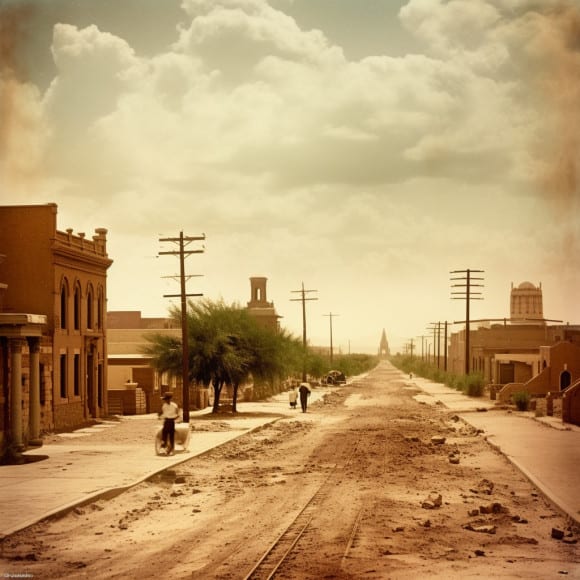
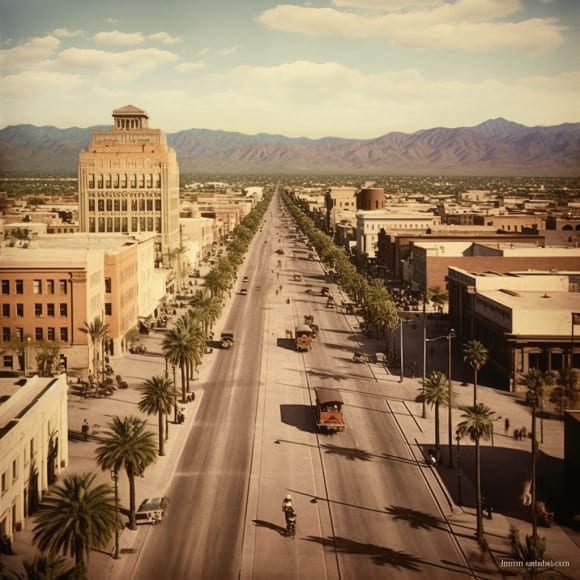
Phoenix is the capital of Arizona and is home to several landmarks that showcase the city’s rich history. One of the most famous landmarks in Phoenix is the Arizona State Capitol Museum. The museum is housed in the historic Arizona State Capitol building and features exhibits on Arizona’s government and history.
Another famous landmark in Phoenix is the Frank Lloyd Wright-designed Taliesin West. This architectural masterpiece was the winter home of Frank Lloyd Wright and is now a National Historic Landmark. You can take a guided tour of the property and learn about Wright’s life and work.
Tucson
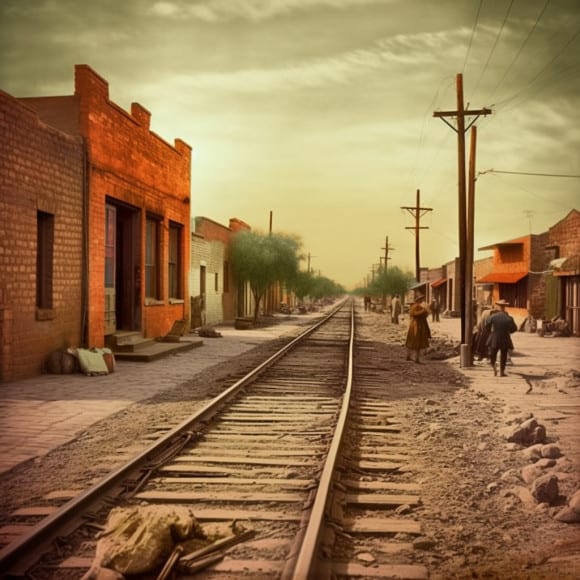
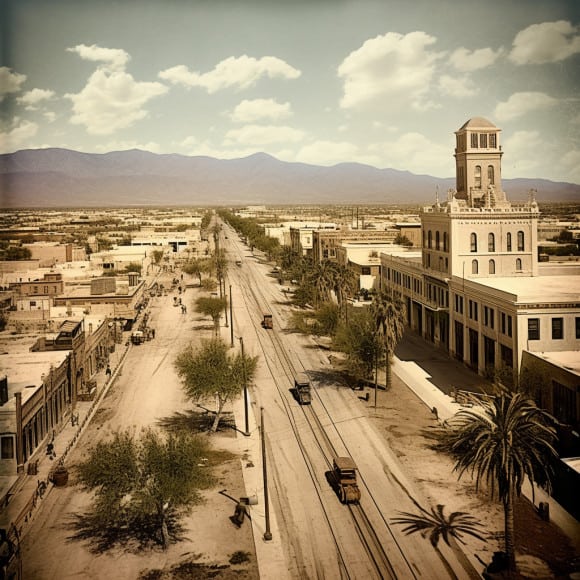
Tucson is a city in southern Arizona that is known for its rich cultural heritage. One of the most famous landmarks in Tucson is the University of Arizona. The university was founded in 1885 and is now home to over 40,000 students. The campus features several historic buildings, including the Old Main building, which was built in 1891.
Another famous landmark in Tucson is the San Xavier del Bac Mission. This historic Spanish mission was founded in 1692 and is now a National Historic Landmark. The mission features beautiful Spanish colonial architecture and is still an active Catholic church.
Scottsdale
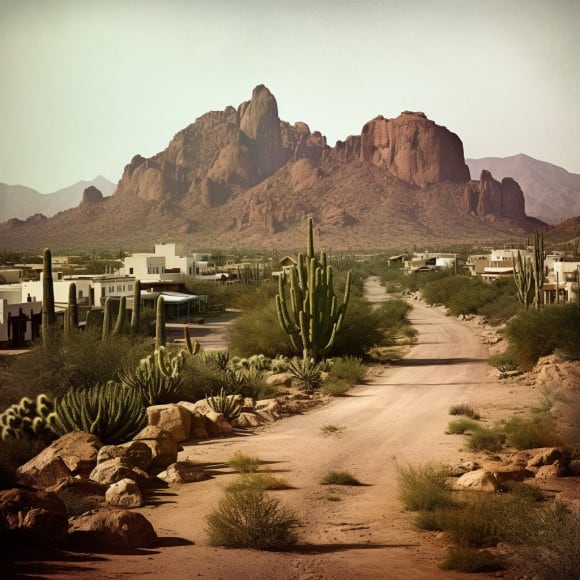
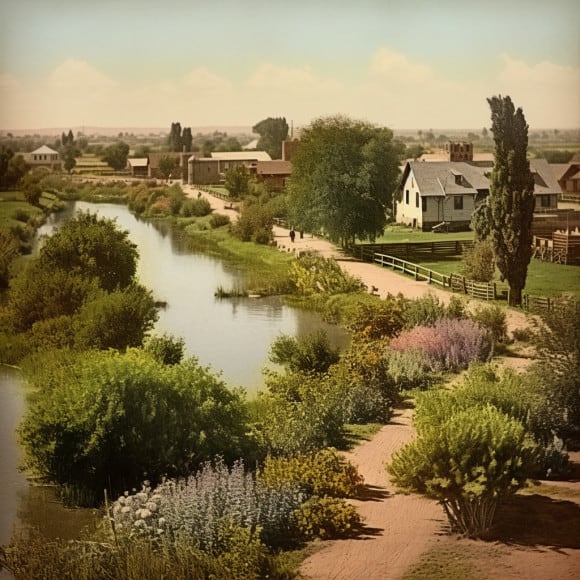
Scottsdale is a city in the Phoenix metropolitan area that is known for its luxurious resorts and spas. One of the most famous landmarks in Scottsdale is the Taliesin West, which was designed by Frank Lloyd Wright. The property is now home to the Frank Lloyd Wright Foundation and offers guided tours of the property.
Another famous landmark in Scottsdale is the Old Town Scottsdale. The area is home to several historic buildings and is known for its art galleries, shops, and restaurants. You can take a walking tour of the area and learn about the city’s history.
Flagstaff
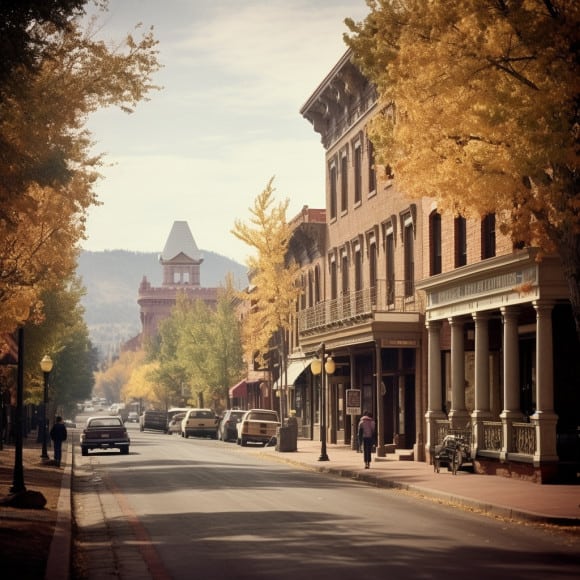
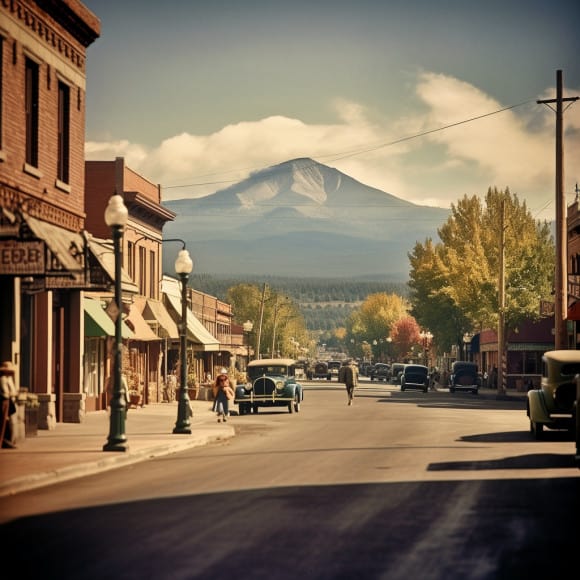
Flagstaff is a city in northern Arizona that is known for its beautiful natural scenery. One of the most famous landmarks in Flagstaff is the Lowell Observatory. The observatory was founded in 1894 and is now a National Historic Landmark. You can take a guided tour of the observatory and learn about its history and scientific discoveries.
Another famous landmark in Flagstaff is the Riordan Mansion State Historic Park. The mansion was built in 1904 and is now a museum that features exhibits on Flagstaff’s history and culture.
Yuma
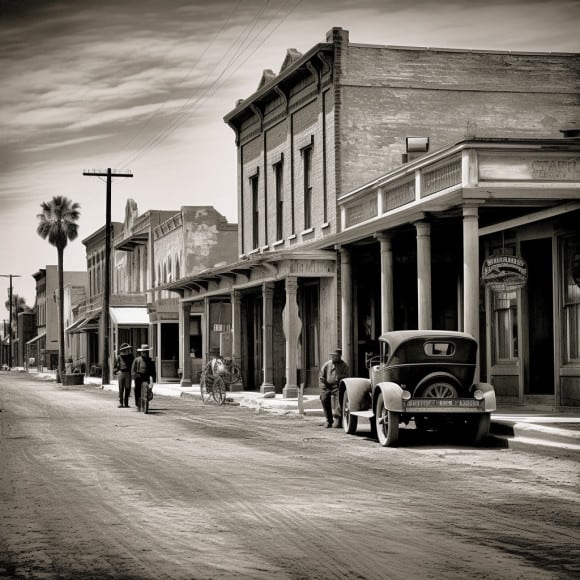
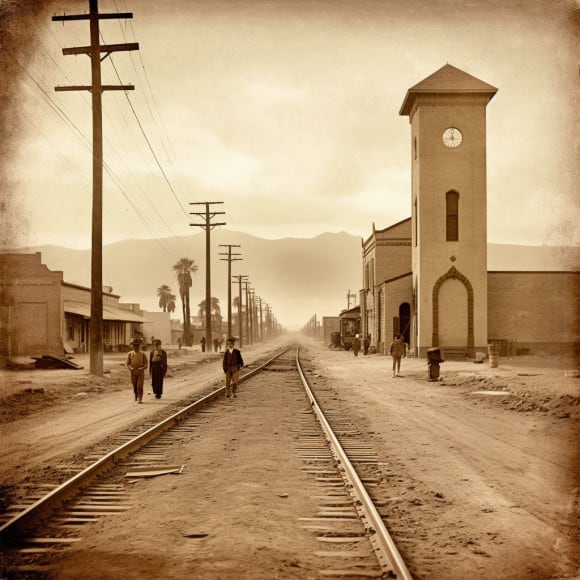
Yuma is a city in southwestern Arizona that is known for its rich history and beautiful natural scenery. One of the most famous landmarks in Yuma is the Yuma Territorial Prison State Historic Park. The prison was built in 1876 and is now a museum that features exhibits on the prison’s history and the lives of its inmates.
Another famous landmark in Yuma is the Yuma Quartermaster Depot State Historic Park. The depot was built in 1864 and was used to supply military forts throughout the Southwest. You can take a guided tour of the depot and learn about its history and importance.
Natural Landmarks
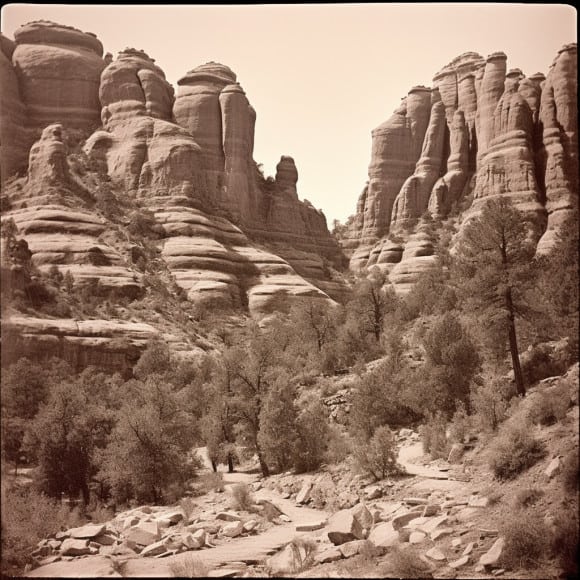
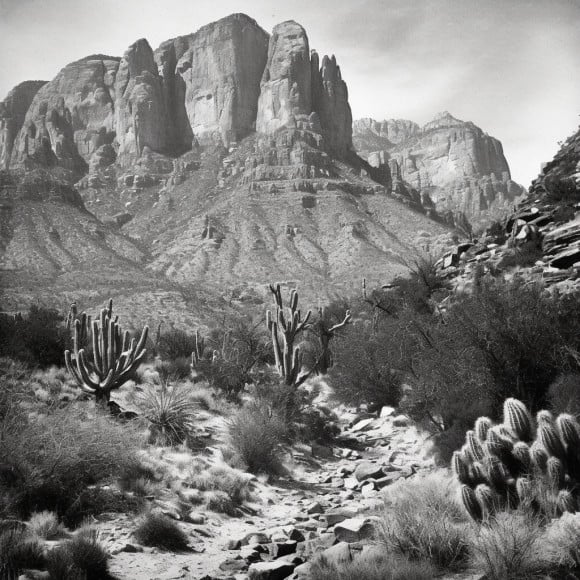
Arizona is home to some of the most awe-inspiring natural landmarks in the world. From the iconic Grand Canyon to the vibrant red rocks of Sedona, the state is a treasure trove of natural wonders. Here are some of the top natural landmarks that you should add to your bucket list:
Antelope Canyon
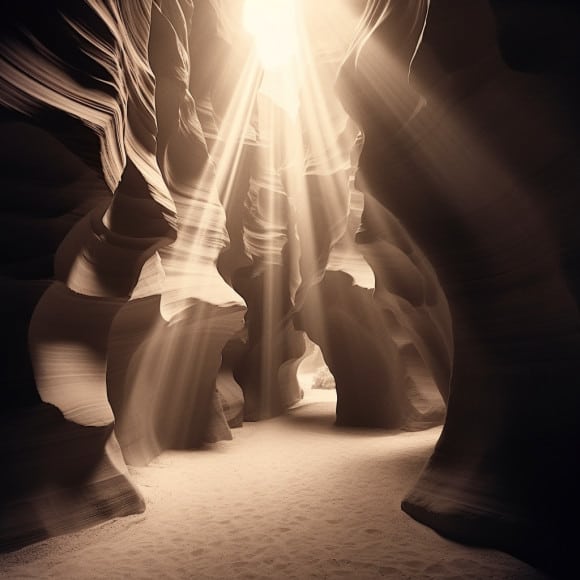
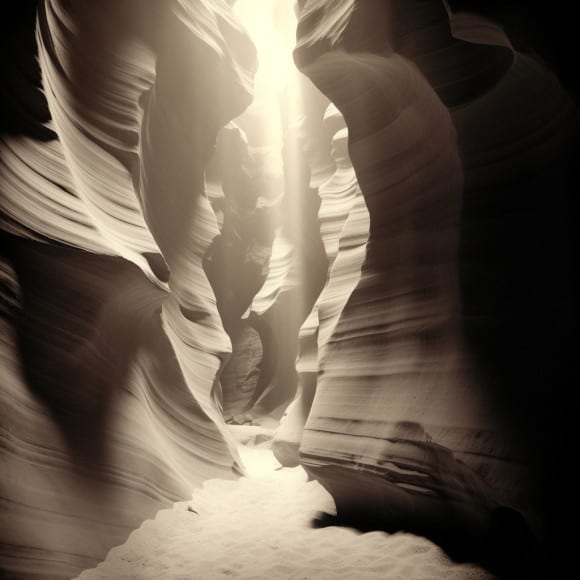
Antelope Canyon is a stunning slot canyon located in the Navajo Nation near Page, Arizona. The canyon is known for its vibrant red and orange sandstone walls that have been sculpted by wind and water over millions of years. The canyon is divided into two sections, Upper Antelope Canyon and Lower Antelope Canyon, both of which offer breathtaking views and photo opportunities.
Meteor Crater
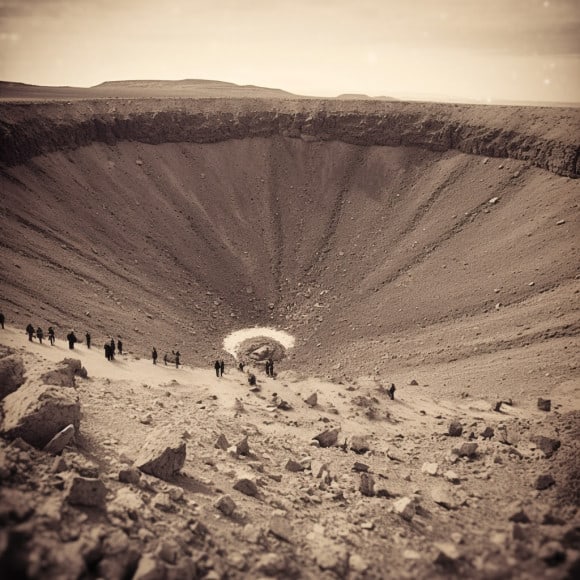
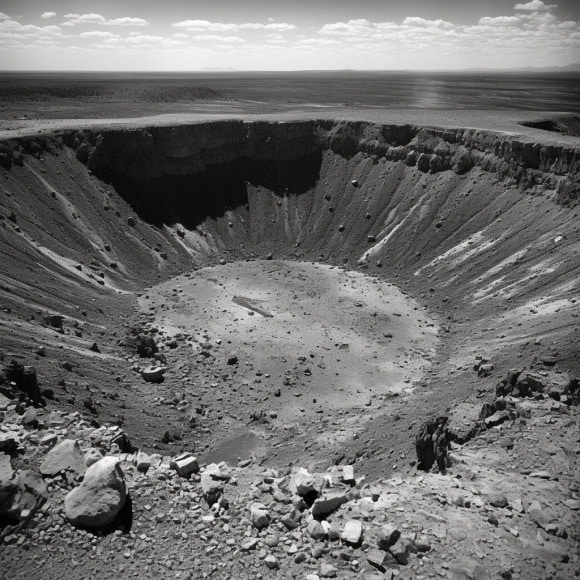
Meteor Crater is a natural landmark located in the Coconino County, Arizona. It is a massive impact crater that was formed over 50,000 years ago by a meteorite that collided with the Earth. The crater is over 1 mile wide and 550 feet deep, making it one of the largest and best-preserved impact craters in the world.
The Wave
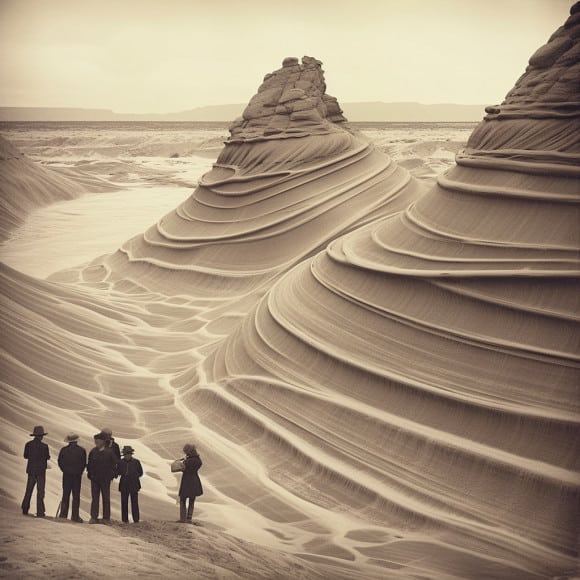
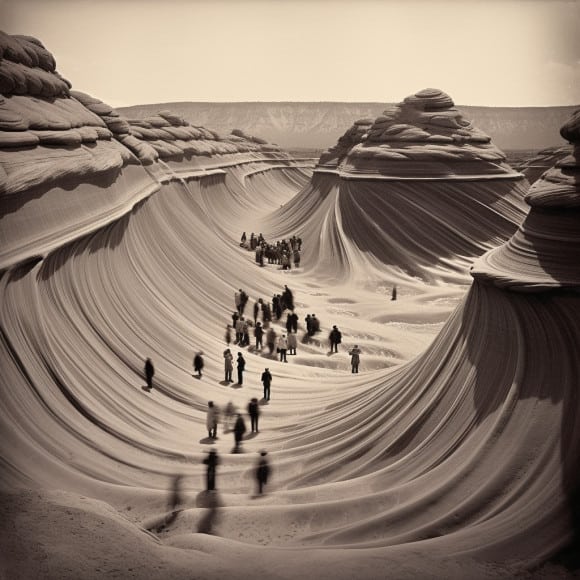
The Wave is a stunning sandstone rock formation located in the Vermilion Cliffs National Monument. The Wave is known for its unique swirling patterns and vibrant colors that make it one of the most photographed natural landmarks in the world. Access to The Wave is limited, and visitors must obtain a permit to hike to the formation.
Grand Falls
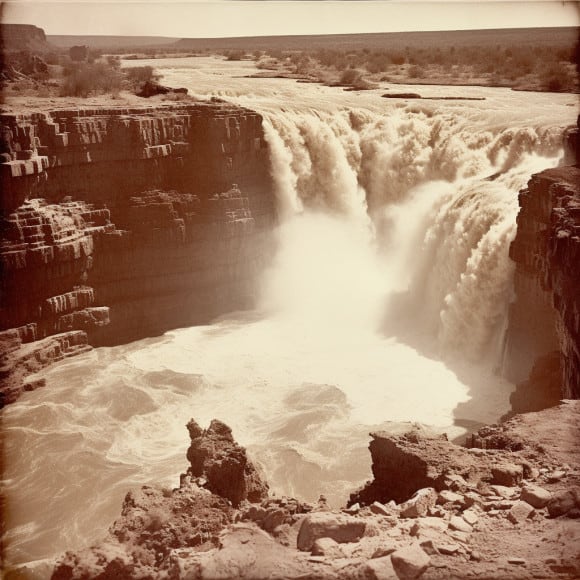
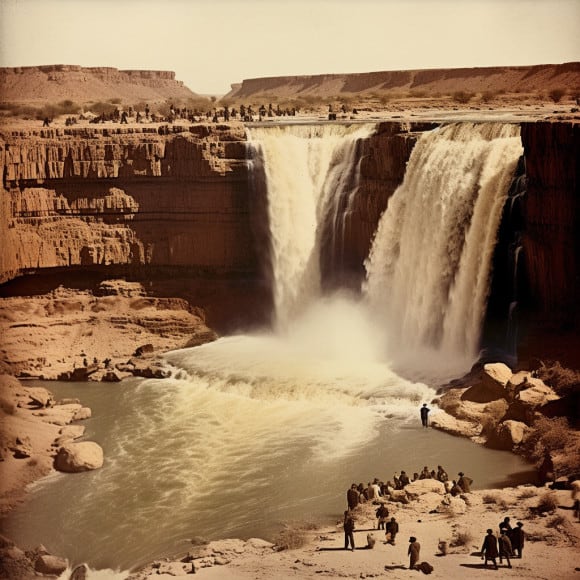
Grand Falls is a natural waterfall located in the Navajo Nation near Flagstaff, Arizona. The waterfall is over 180 feet tall and is known for its vibrant red and orange hues that are caused by the high iron content in the water. Grand Falls is a popular destination for hiking and photography.
Oak Creek Canyon
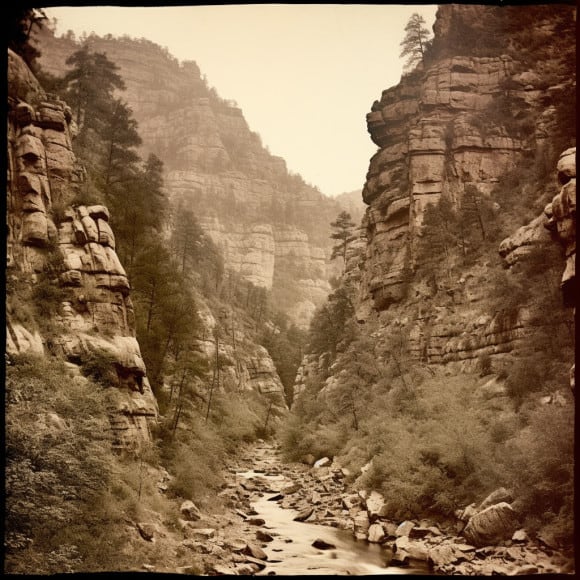
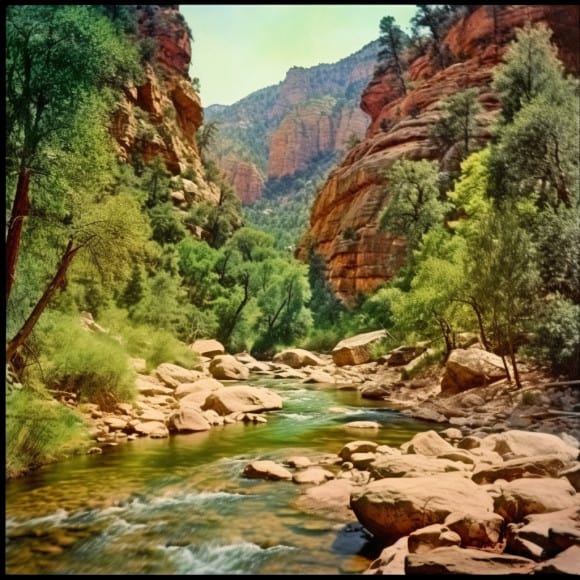
Oak Creek Canyon is a scenic gorge located in the Coconino National Forest near Sedona, Arizona. The canyon is known for its towering red rock formations, lush vegetation, and crystal-clear streams. Oak Creek Canyon is a popular destination for hiking, camping, and picnicking.
Vermilion Cliffs National Monument
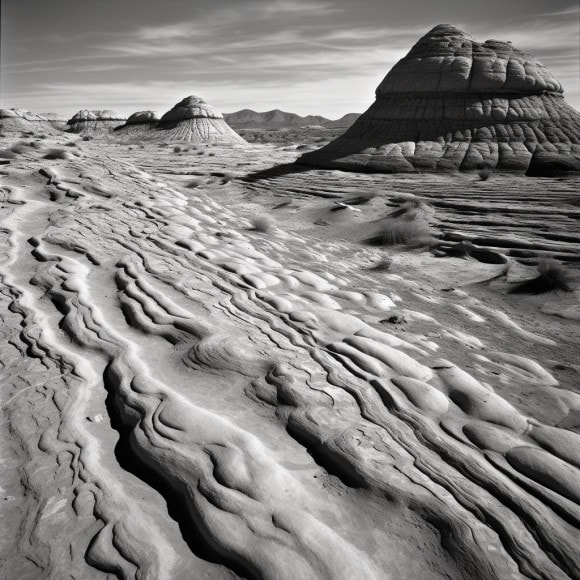
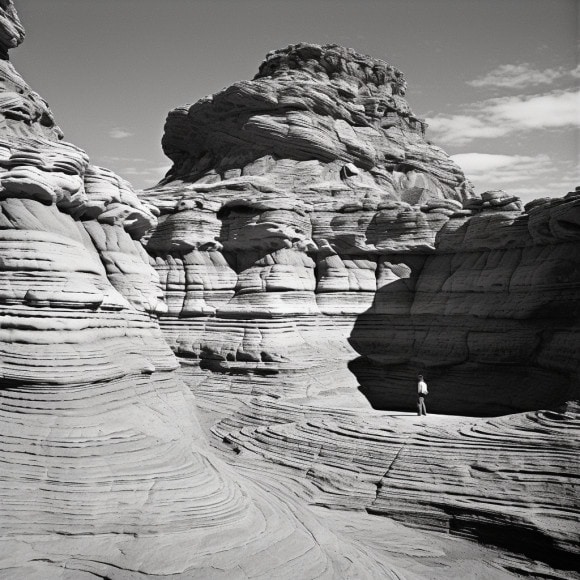
Vermilion Cliffs National Monument is a stunning natural landmark located in northern Arizona. The monument is known for its vibrant red sandstone cliffs, deep canyons, and unique rock formations. Vermilion Cliffs National Monument is a popular destination for hiking, camping, and photography.
Whether you are a nature lover or just looking for a break from the city, Arizona’s natural landmarks are sure to leave you in awe. From the towering cliffs of Vermilion Cliffs National Monument to the vibrant colors of Antelope Canyon, there is something for everyone to enjoy.
Cultural Heritage
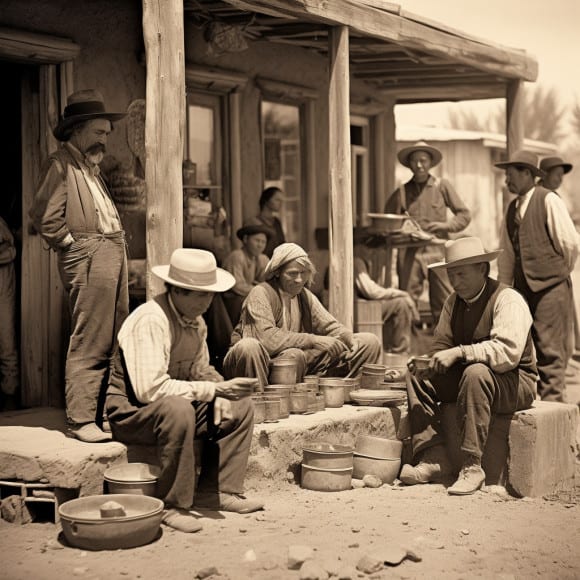
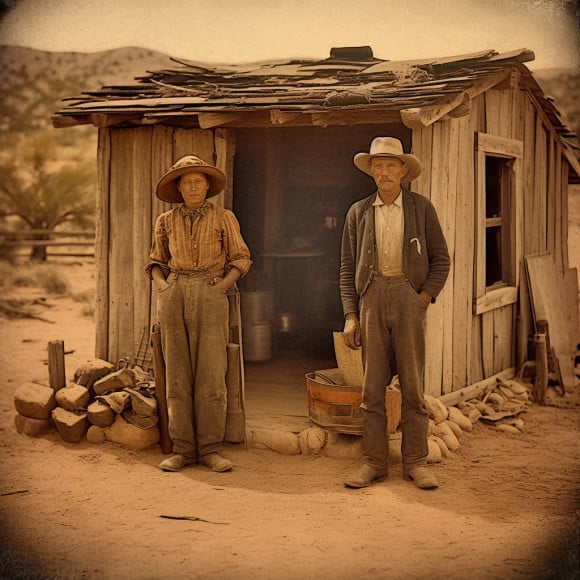
Arizona is rich in cultural heritage, with a long history of Native American tribes and other groups that have left their mark on the land. Two of the most prominent tribes in the state are the Navajo Nation and the Apache.
Navajo Nation
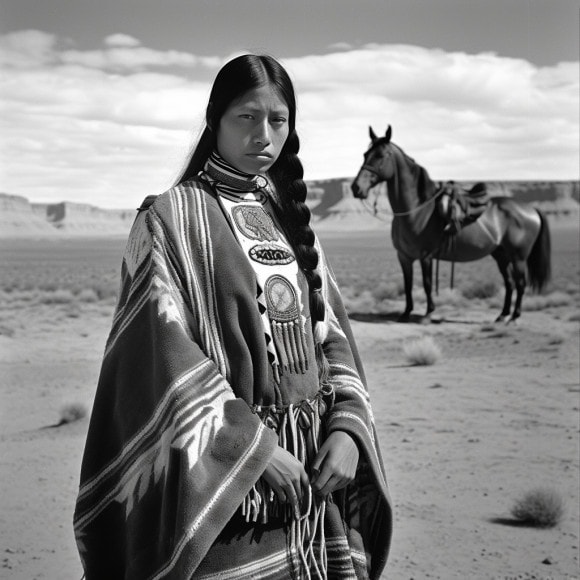
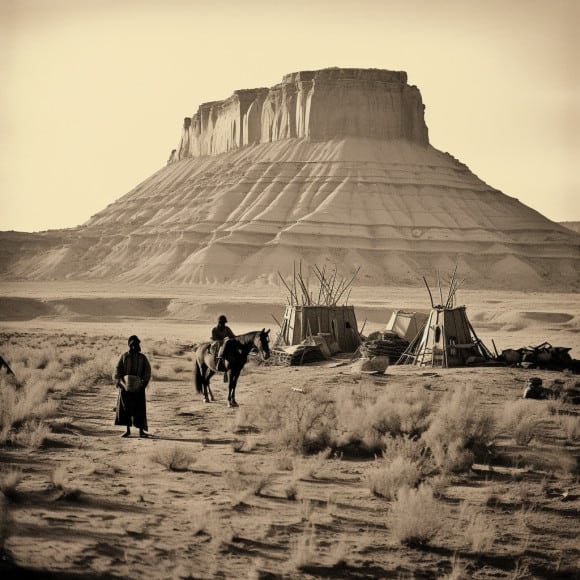
The Navajo Nation is one of the largest Native American tribes in the United States, with a population of over 300,000 people. The tribe has a rich history and culture that is still very much alive today. One way to experience Navajo culture is by visiting the Navajo Nation Museum in Window Rock. The museum has exhibits on Navajo history, art, and culture.
Another way to experience Navajo culture is by visiting the Canyon de Chelly National Monument. The canyon is home to several Navajo communities and has been inhabited for thousands of years. Visitors can take guided tours of the canyon to learn about the Navajo history and culture.
Apache
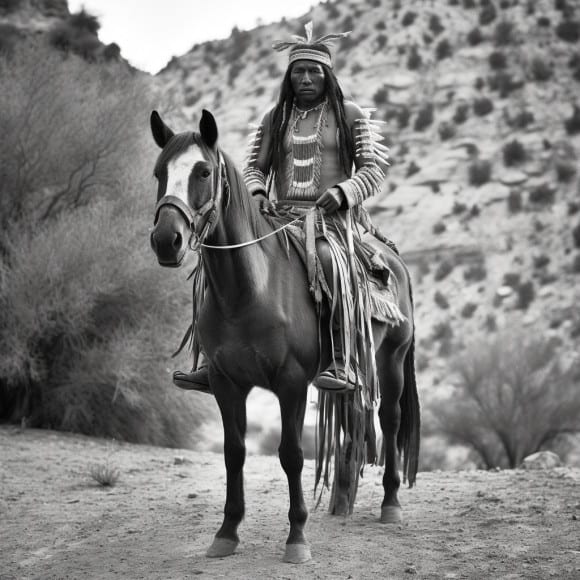
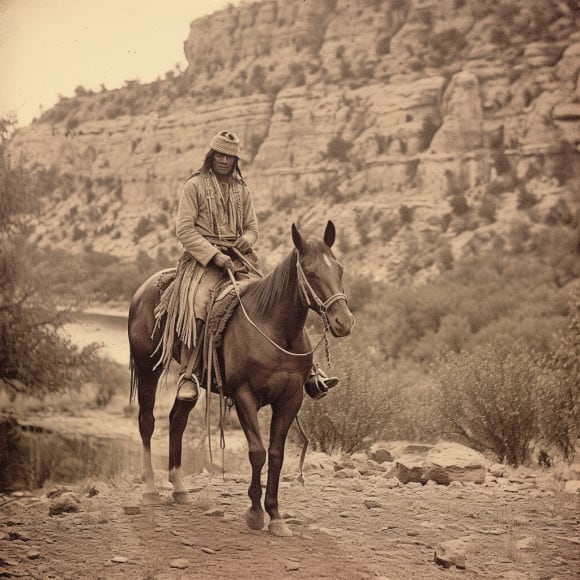
The Apache are another prominent Native American tribe in Arizona. The tribe has a long and storied history, with many famous leaders such as Geronimo and Cochise. One way to learn about Apache history is by visiting the Fort Apache Historic Park. The park has several historic buildings, including a schoolhouse, barracks, and a museum.
Another way to experience Apache culture is by visiting the Apache Cultural Center and Museum in Globe. The museum has exhibits on Apache history, art, and culture. Visitors can also attend cultural events and demonstrations at the museum.
Overall, Arizona’s cultural heritage is a fascinating aspect of the state’s history. From the Navajo Nation to the Apache, there is much to learn and experience. Whether you visit the Lowell Observatory, learn about the Buffalo Soldiers, or visit the Ganado Trading Post, you are sure to be captivated by the rich history and culture of Arizona.
State Parks and Recreation Areas
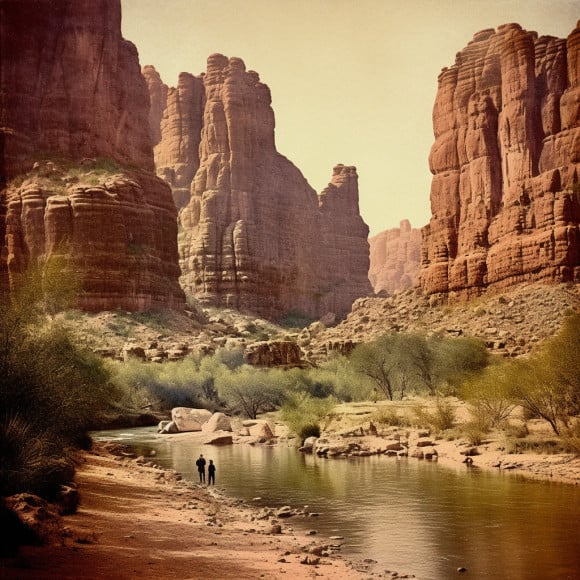
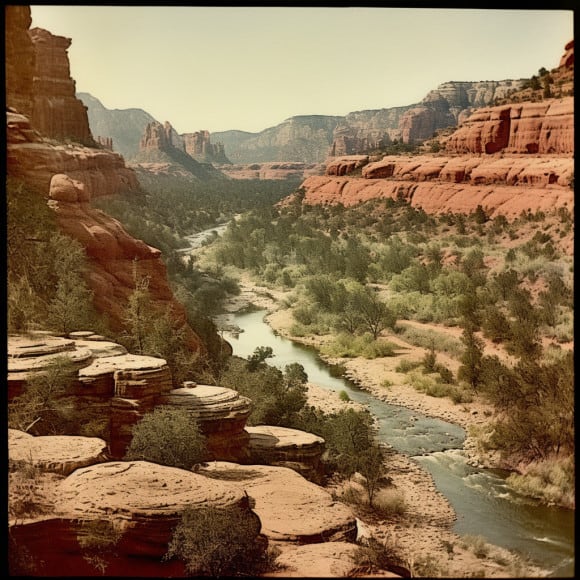
If you’re looking for a place to explore Arizona’s natural beauty, you won’t want to miss the state parks and recreation areas. Here are some of the must-visit destinations:
Petrified Forest National Park
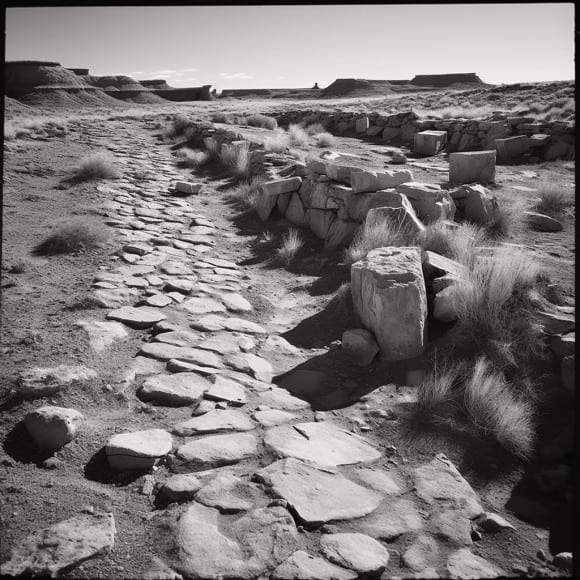
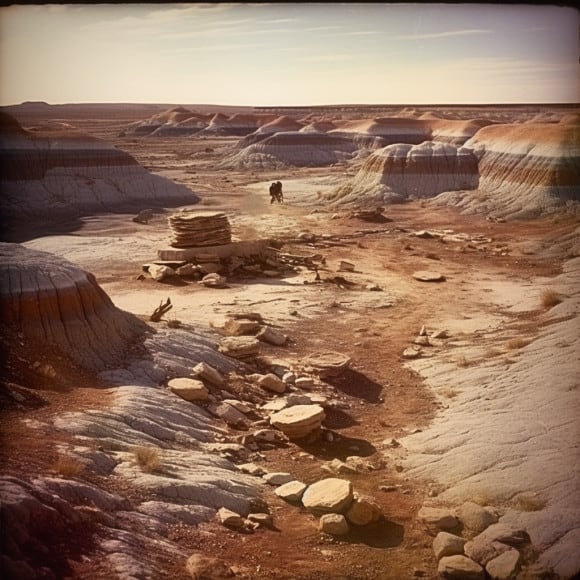
Petrified Forest National Park is a unique destination that offers a glimpse into the ancient past. The park is home to one of the largest and most colorful concentrations of petrified wood in the world, as well as a variety of other geological wonders. You can explore the park’s many hiking trails, take a guided tour, or simply enjoy the stunning views.
Saguaro National Park
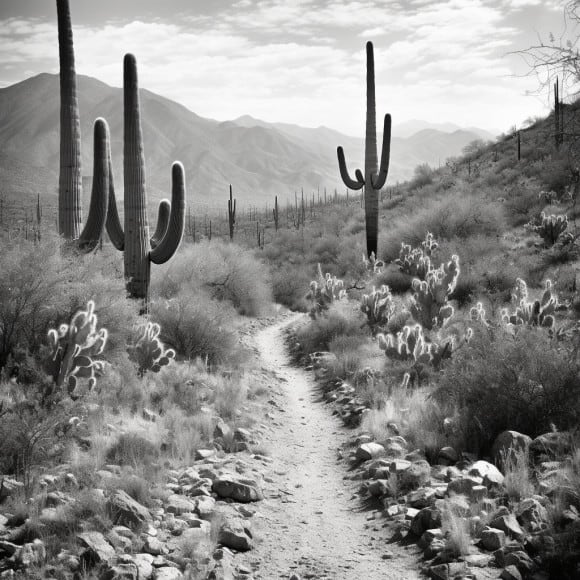
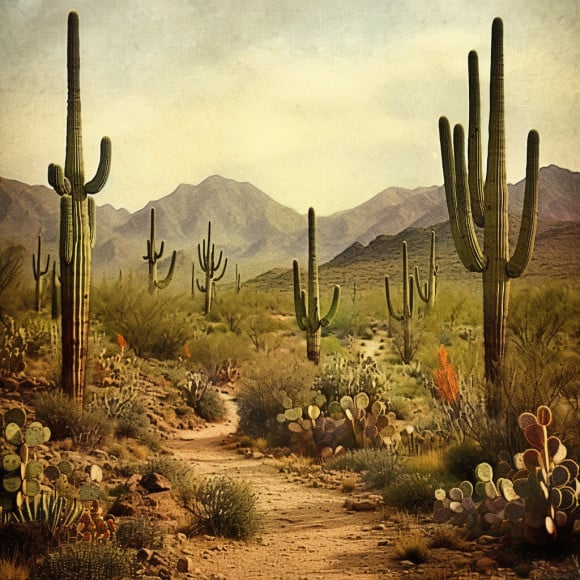
Saguaro National Park is a desert oasis that is home to some of the most iconic symbols of the American West: the saguaro cactus. The park is divided into two sections, each with its own unique features. You can hike through the saguaro forests, take a scenic drive, or enjoy a picnic in the park.
Sunset Crater Volcano National Monument
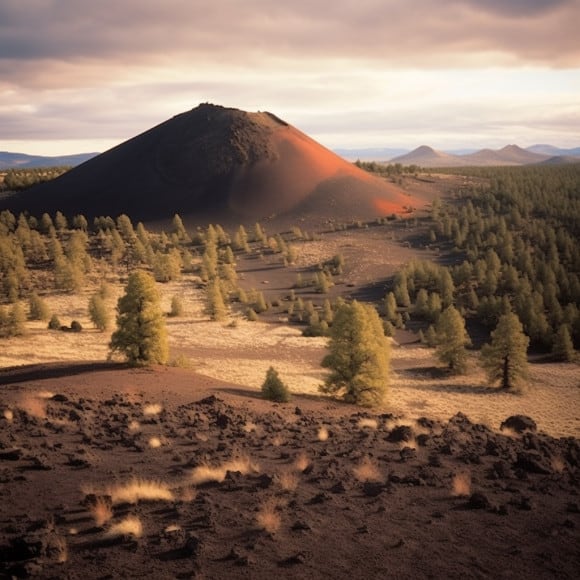
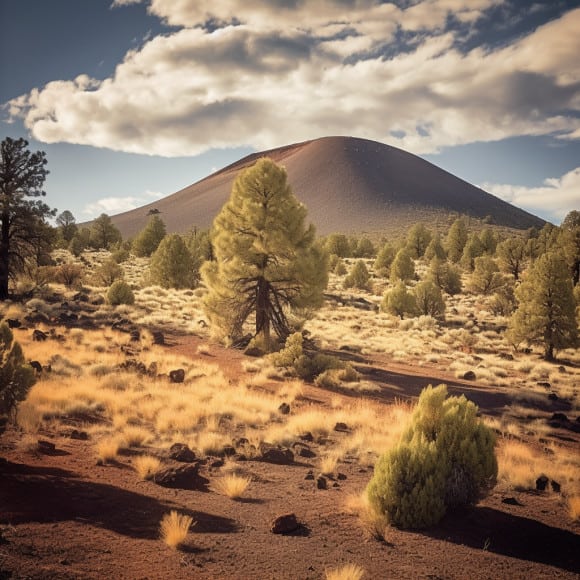
Sunset Crater Volcano National Monument is a unique destination that offers a glimpse into the power of nature. The park is home to a number of volcanic features, including cinder cones, lava flows, and ash beds. You can explore the park’s many hiking trails, take a guided tour, or simply enjoy the stunning views.
Wupatki National Monument
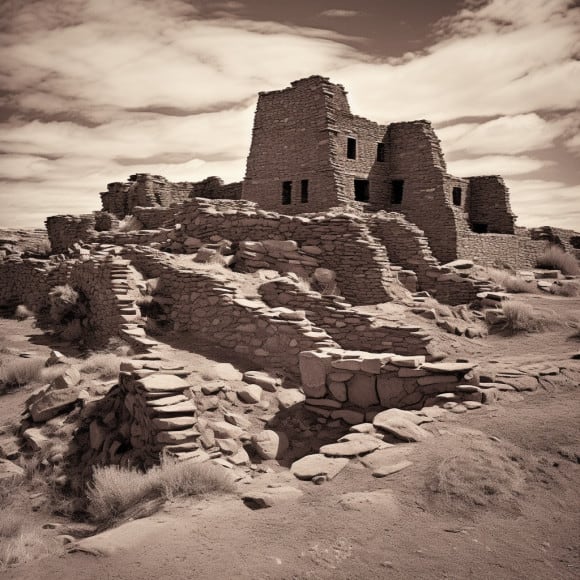
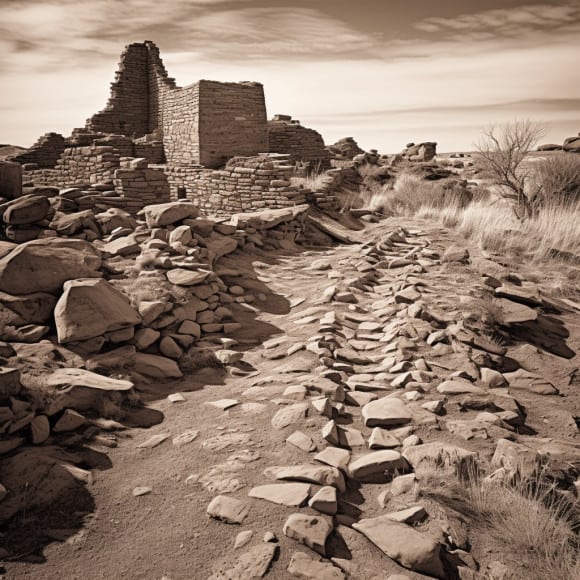
Wupatki National Monument is a fascinating destination that offers a glimpse into the ancient past. The park is home to a number of well-preserved ancient ruins, including the Wupatki Pueblo and the Citadel. You can explore the park’s many hiking trails, take a guided tour, or simply enjoy the stunning views.
Glen Canyon National Recreation Area
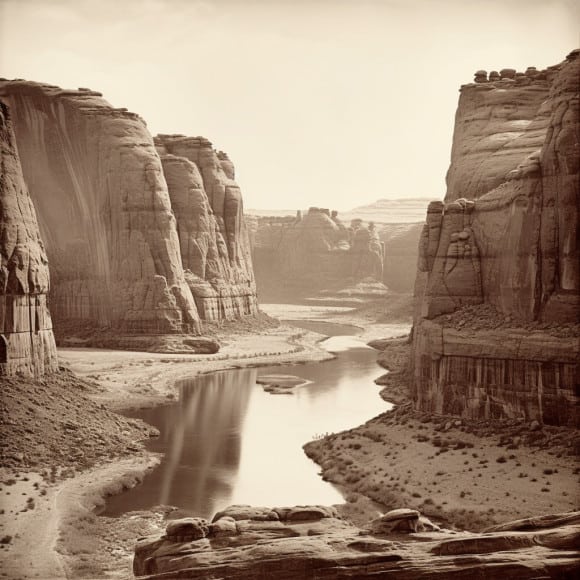
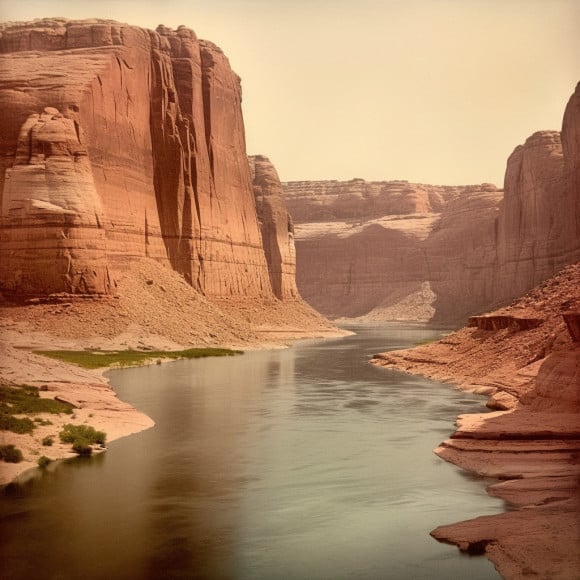
Glen Canyon National Recreation Area is a paradise for outdoor enthusiasts. The park is home to Lake Powell, one of the largest man-made lakes in the world, as well as a variety of other natural wonders. You can enjoy boating, fishing, hiking, and more in this stunning destination.
Whether you’re a nature lover, history buff, or just looking for a fun outdoor adventure, Arizona’s state parks and recreation areas have something for everyone. So grab your hiking boots, pack a picnic, and get ready to explore all that this beautiful state has to offer.
Arizona’s Unique Ecology
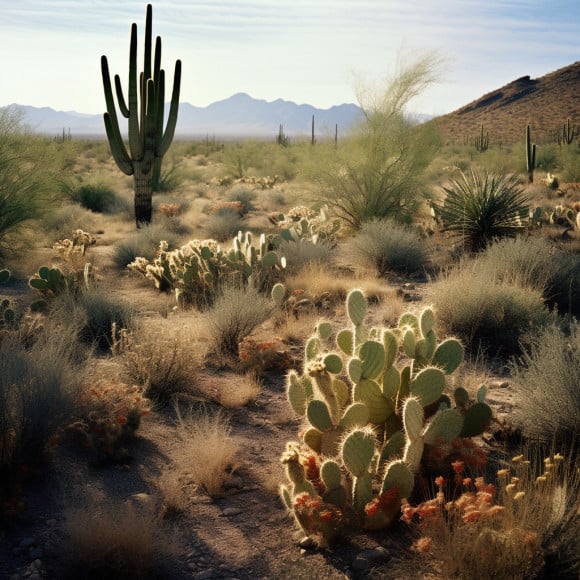
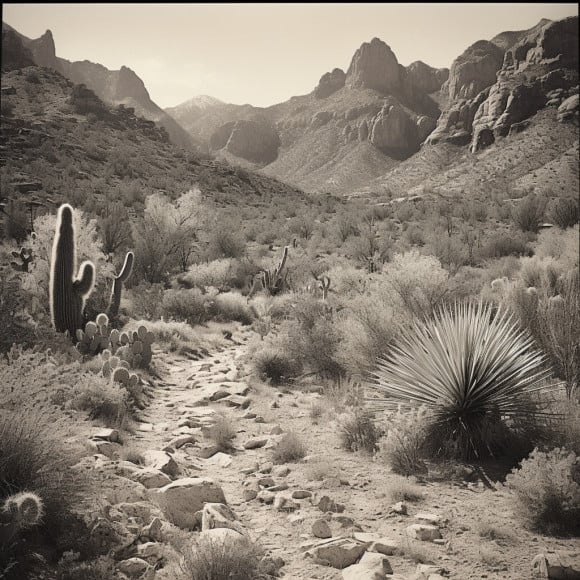
Arizona is home to a diverse range of ecosystems, from the arid desert landscape to the towering mountain ranges. The state’s unique ecology is a result of its location, climate, and geological history.
The Sonoran Desert, which covers much of southern Arizona, is one of the most biodiverse deserts in the world. It is home to a variety of unique plant and animal species, including the iconic saguaro cactus. Saguaro National Park is a must-visit destination for anyone interested in experiencing the beauty of the Sonoran Desert up close.
The mountains of Arizona offer a stark contrast to the desert landscape. The Cochise and Sierra Vista regions are known for their rugged terrain and stunning vistas. Hiking trails in these areas offer opportunities to explore the unique ecology of the mountains, including the diverse flora and fauna that call these areas home.
The Mohave and Gila regions of Arizona are also worth exploring. The Mohave Desert is known for its Joshua trees, while the Gila River is home to a variety of aquatic species, including the endangered Gila trout.
If you’re interested in geology, Arizona has plenty to offer. The state is home to some of the most unique rock formations in the world, including Cathedral Rock and the London Bridge. The Petrified Forest National Park is another must-visit destination for anyone interested in geology.
In addition to its unique ecology, Arizona is also home to some fascinating astronomical phenomena. The Lowell Observatory in Flagstaff is where Pluto was discovered, and the state is known for its clear night skies, making it an ideal destination for stargazing.
Overall, Arizona’s unique ecology is a testament to the state’s natural beauty and diversity. Whether you’re interested in exploring the desert landscape, hiking in the mountains, or stargazing under clear night skies, Arizona has something for everyone.
Frequently Asked Questions
What is the history behind the Grand Canyon?
The Grand Canyon is a natural wonder that is over 6 million years old. It was formed by the Colorado River and is 277 miles long. The canyon is home to unique geological formations and is considered one of the Seven Natural Wonders of the World.
What are the top historical sites to visit in Arizona?
Arizona is home to many historical sites that are worth visiting. Some of the top historical sites include the Tombstone Courthouse State Historic Park, the Jerome State Historic Park, and the Casa Grande Ruins National Monument.
What is the significance of the Hoover Dam?
The Hoover Dam is a man-made marvel that was built during the Great Depression. It is located on the border of Arizona and Nevada and was built to control the flow of the Colorado River. The dam provides water and electricity to millions of people in the Southwest United States.
What are some notable man-made landmarks in Phoenix?
Phoenix is home to many notable man-made landmarks. Some of the most popular landmarks include the Arizona State Capitol Building, the Phoenix Art Museum, and the Heard Museum.
What is the story behind the London Bridge in Lake Havasu City?
The London Bridge in Lake Havasu City is a unique landmark that was purchased by the city in 1968. The bridge was originally built in the 1830s and was used to cross the River Thames in London, England. It was dismantled and shipped to Lake Havasu City, where it was reconstructed and has become a popular tourist attraction.
What are some lesser-known historical sites worth visiting in Arizona?
Arizona is home to many lesser-known historical sites that are worth visiting. Some of these sites include the Tuzigoot National Monument, the Fort Apache Historic Park, and the Yuma Territorial Prison State Historic Park. These sites offer a unique glimpse into Arizona’s rich history and culture.

